On March 16, 2024, the new service started along the recently extended Hokuriku Shinkansen bullet train line beyond Kanazawa and into Fukui Prefecture. Before the extension, the Hokuriku Shinkansen went as far as Kanazawa, and the city has enjoyed an increase in tourist numbers since the opening of the bullet train station in 2015. Now, the Hokuriku Shinkansen makes four stops in Fukui Prefecture: Awara Onsen, Fukui (the prefectural capital), Echizen-Takefu and Tsuruga, the new terminus of the line.
Previously difficult to access, it now takes less than three hours to get to Fukui from Tokyo directly by the Hokuriku Shinkansen, and consequently, Fukui City is expected to benefit the most from this new extension. The oft-overlooked city and its surroundings have much to offer travelers, and I went on an overnight trip to experience the prefectural capital, Fukui City.
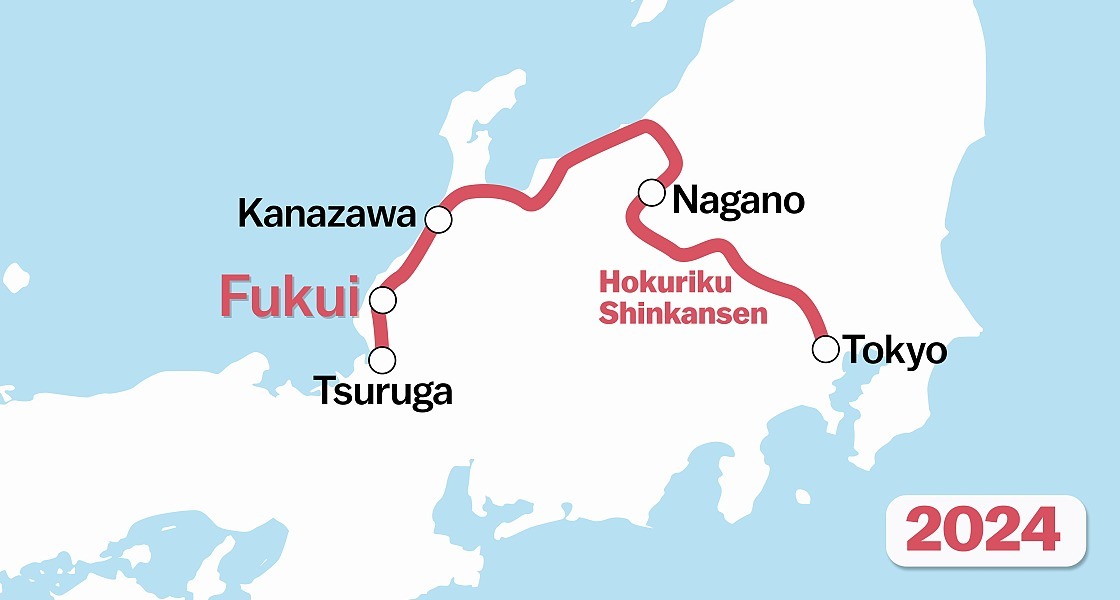
On my two day trip, I visited some highlights of the capital city and its surroundings, like a historic archeological site, a dinosaur museum, and of course, made sure to sample the local specialties. Fukui has plenty of hidden gems and suffice to say, I have been suitably impressed, and left knowing that I will be back sooner rather than later.
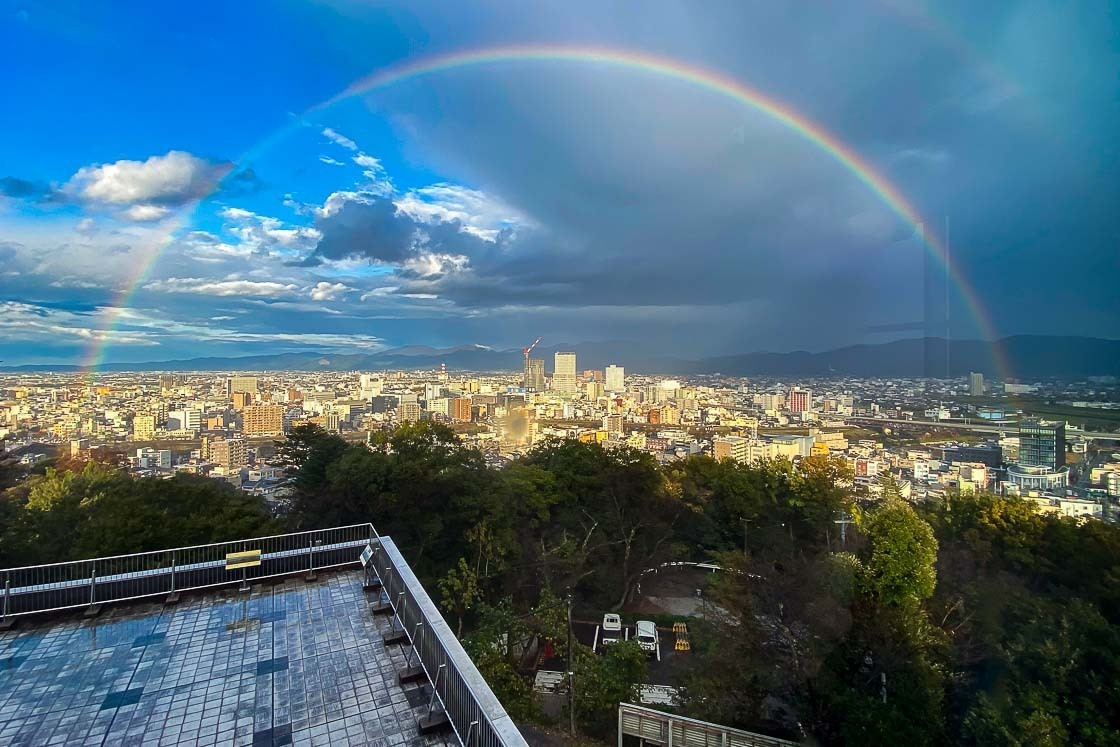
Day 1: Ichijodani Ruins and dinner at a local restaurant in the city
At Fukui Station, I transferred trains to get to Ichijodani, a valley about ten kilometers southeast of central Fukui. The area is where the Asakura, a powerful clan during Japan’s warring states period (1467 – 1590), when dozens of clans across Japan fought each other for supremacy, ruled their domain. At the height of the Asakura’s rule, Ichijodani was said to have accommodated a population of about 10,000 people, and was a thriving and highly-developed city that contained a castle and palace, all of which packed into the narrow valley. However, the golden age of the Asakura did not last, and the entire town was razed to the ground in 1573 by Oda Nobunaga, a military leader who would ultimately pave the way for Japan’s unification.
The razed town was forgotten and never rebuilt, and the land was reclaimed as a farming village. It was not until the 1960s that excavation works started in the area and the town was uncovered. Today, all that remains of the town are foundational remains and its gardens, of which four are nationally designated Special Places of Scenic Beauty.
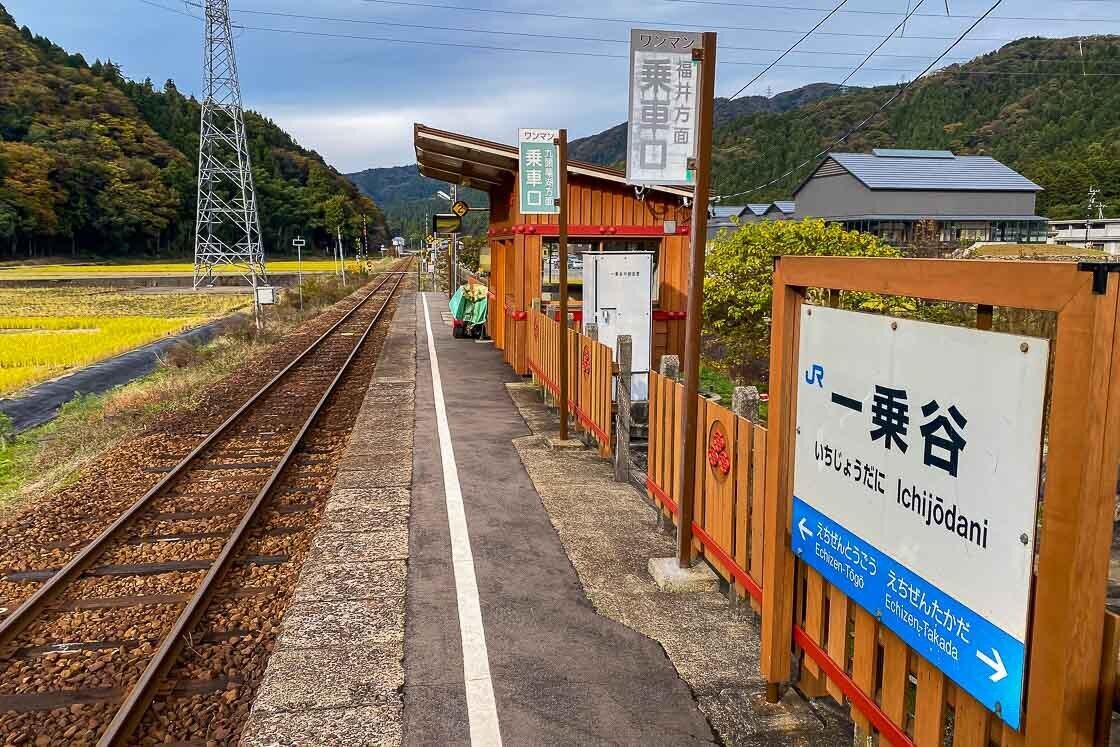
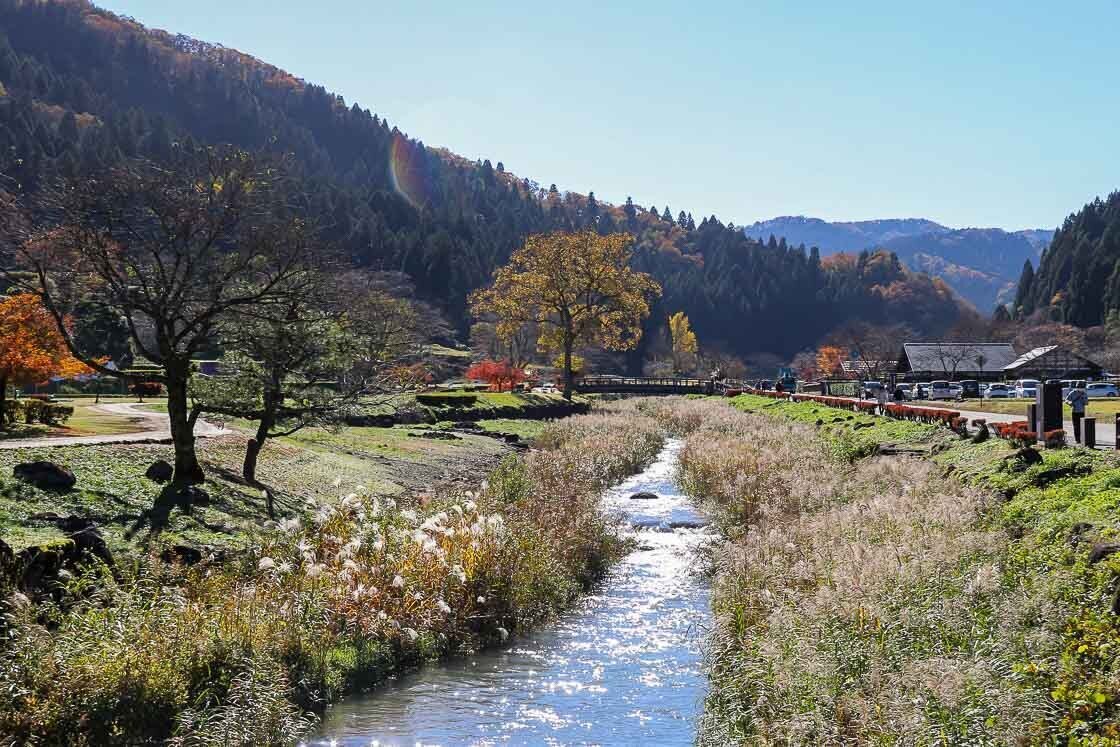
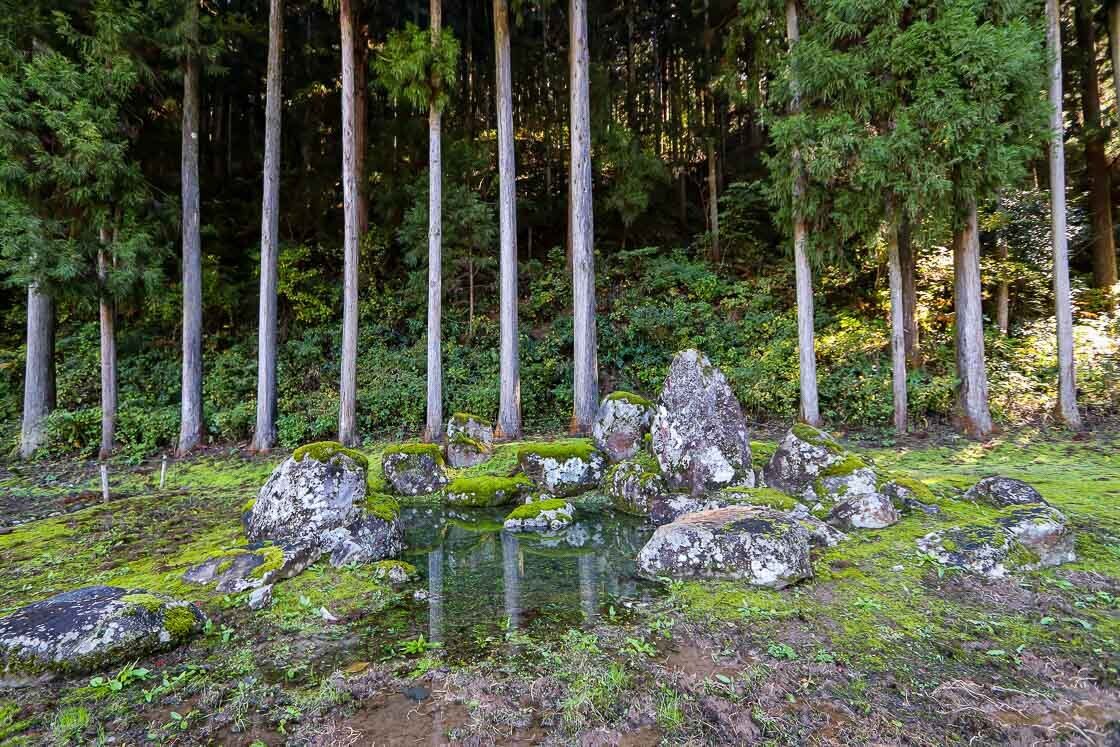
My visit in Ichijodani started at the Ichijodani Asakura Family Site Museum, a stone’s throw from Ichijodani Station. The museum is dedicated to explaining the history of the Asakura and showcasing how the town used to look, and it is recommended to visit the museum first before going to the historical site to see the remains.
On display inside the museum are excavated items found in the town, as well as a whole excavated archeological site, which has been preserved for visitors to get a close look. The items on display gave me a glimpse of life in Ichijodani, and I marveled at how items used some 500 years ago are still relevant in today’s society. Two highlights at the museum for me were the diorama of a section of the town and the recreated full-scale model of a section of the Asakura palace. These two exhibits came in clutch when I visited the historic site.
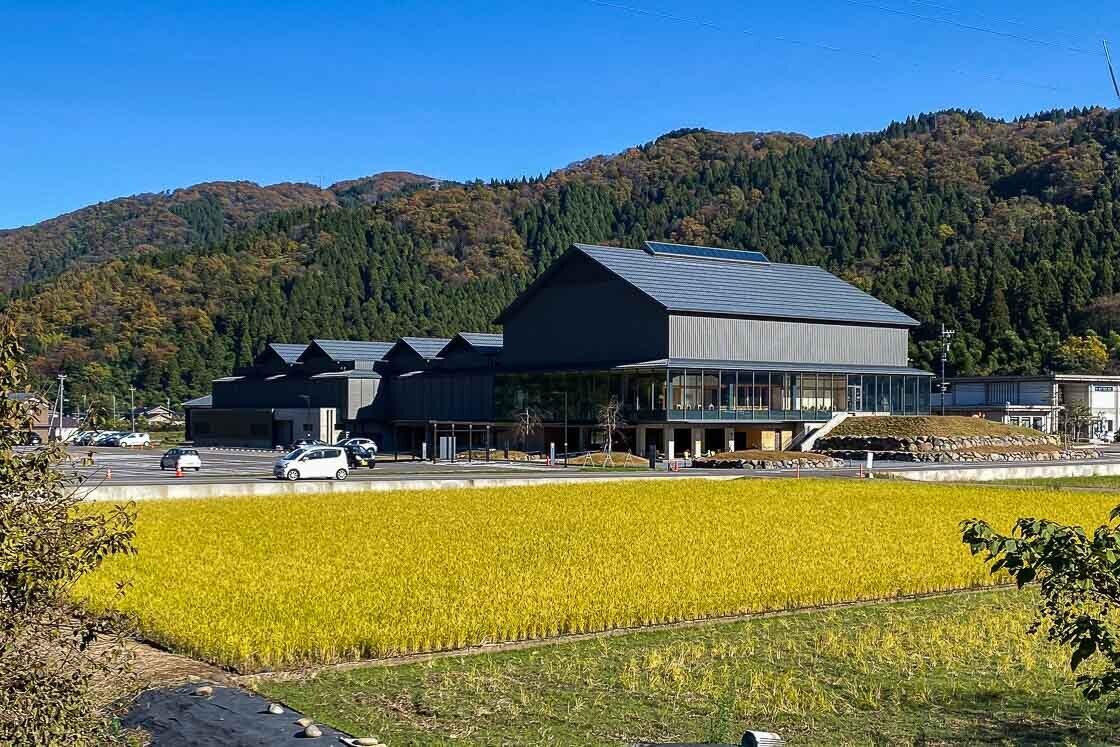
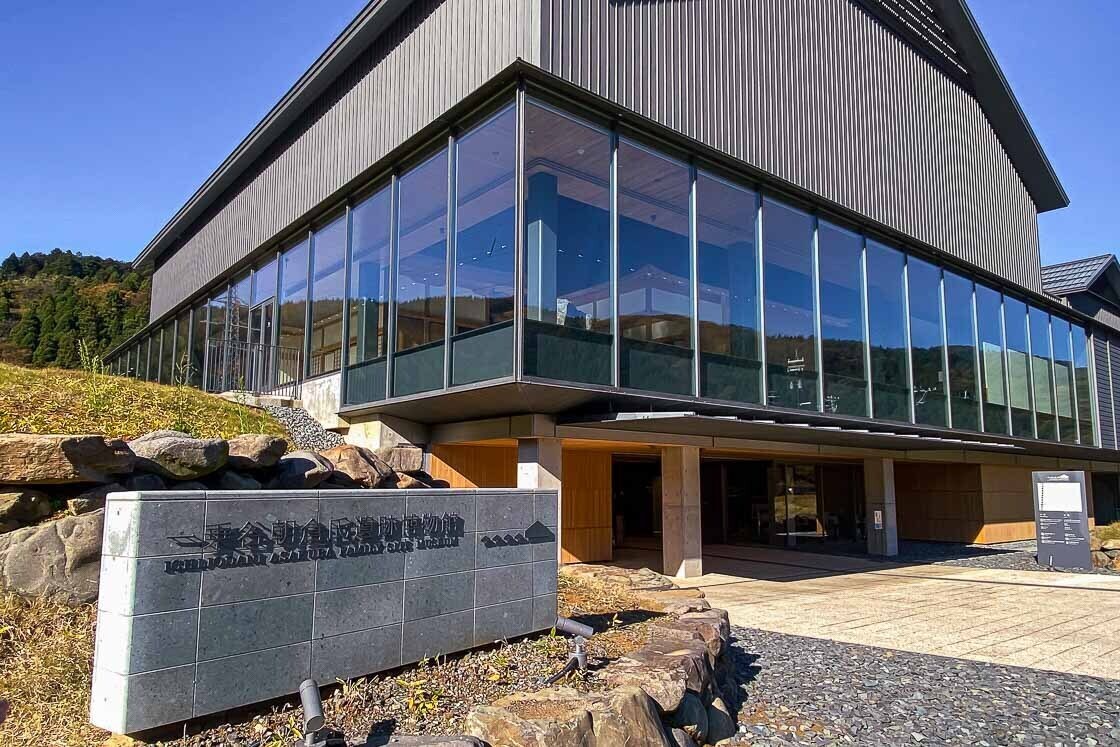
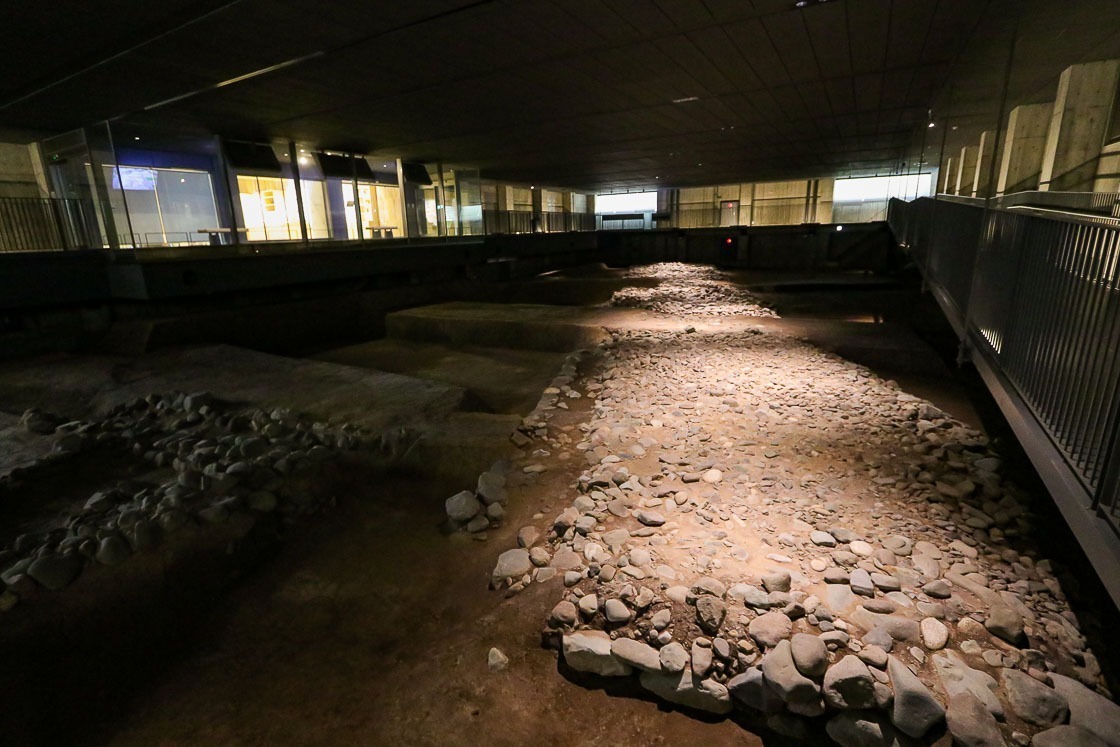
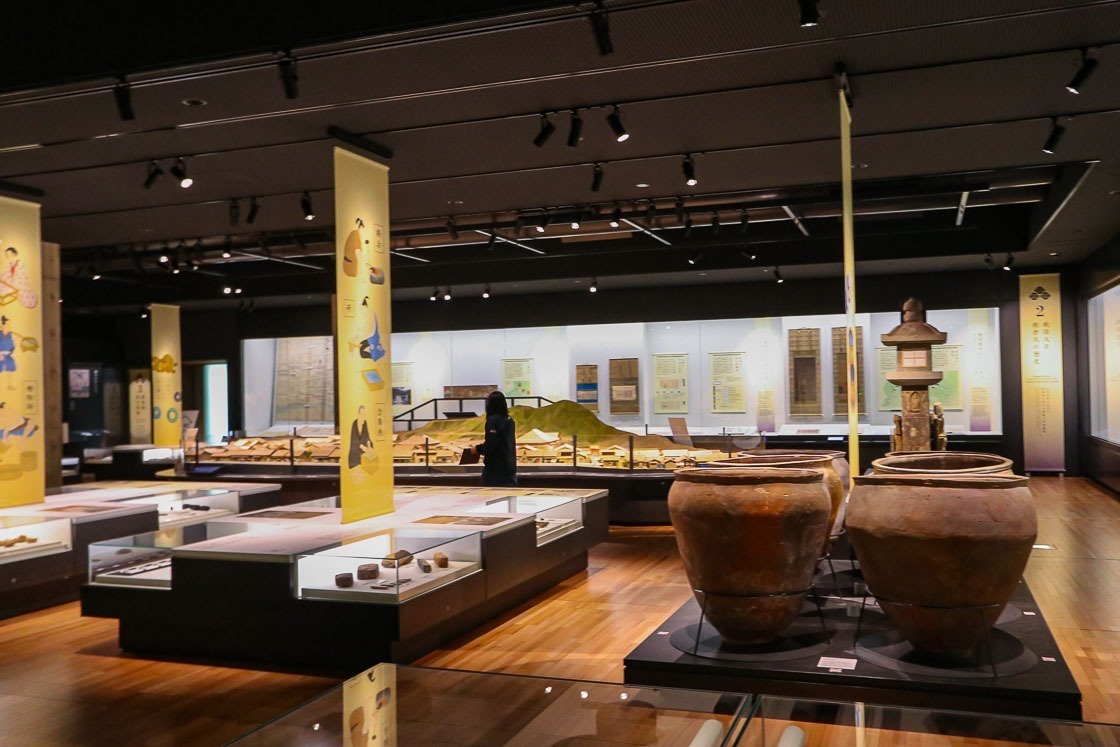
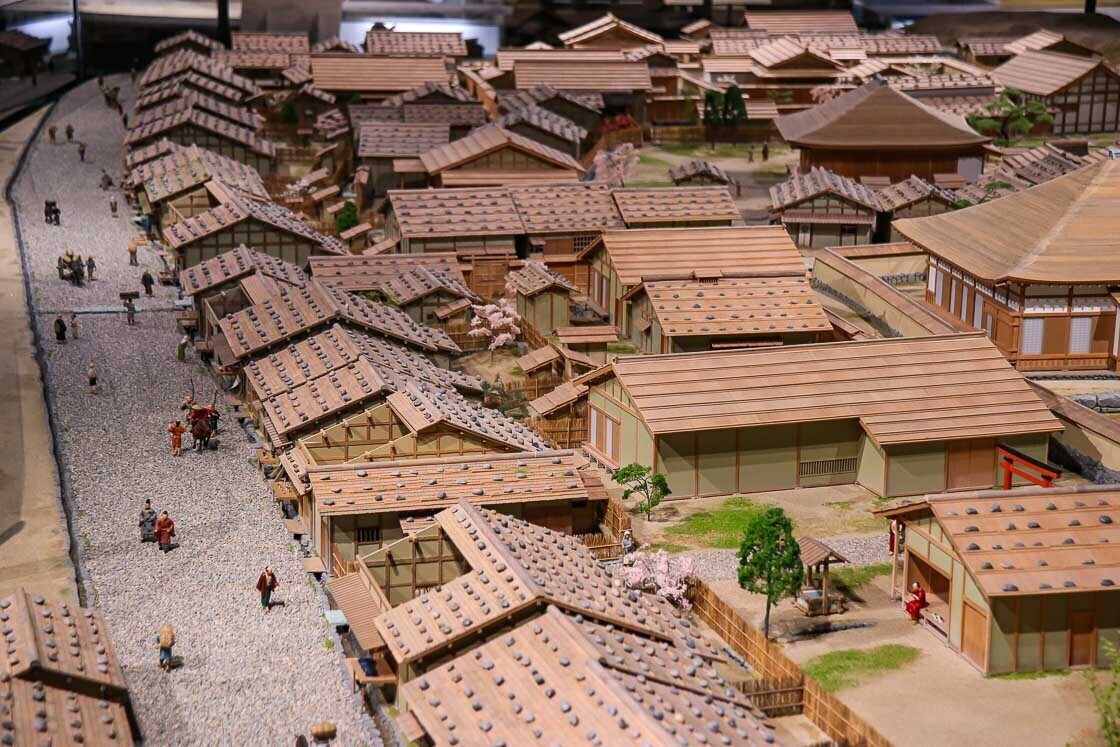
The historical site, where the actual ruins are located, is a pleasant 20 minute stroll from the museum, and is one of the largest sites remaining of the warring period. As mentioned earlier, only the foundational ruins remain, but nevertheless, I walked through the actual site with my mental augmented reality lens filled with images of the diorama of the town and the reconstructed full-scale model of the palace at the museum. I found the visualization helpful with understanding the scale of the town on site.
My walking route also brought me through the four gardens that are nationally designated Special Places of Scenic Beauty with their original rock formations, which evoked the style and grandeur of the era they were created in. Not to be missed at the historical site is the reconstructed street, which brings to life a part of the town and shows the types of buildings and businesses in Ichijodani back then.
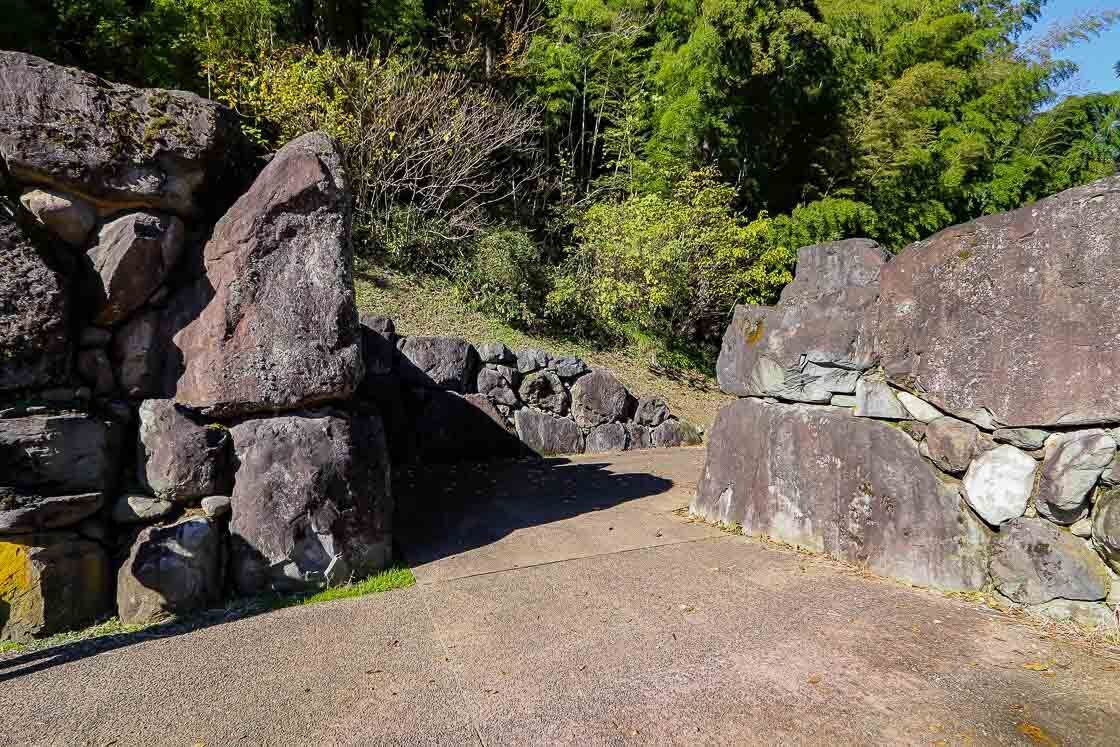
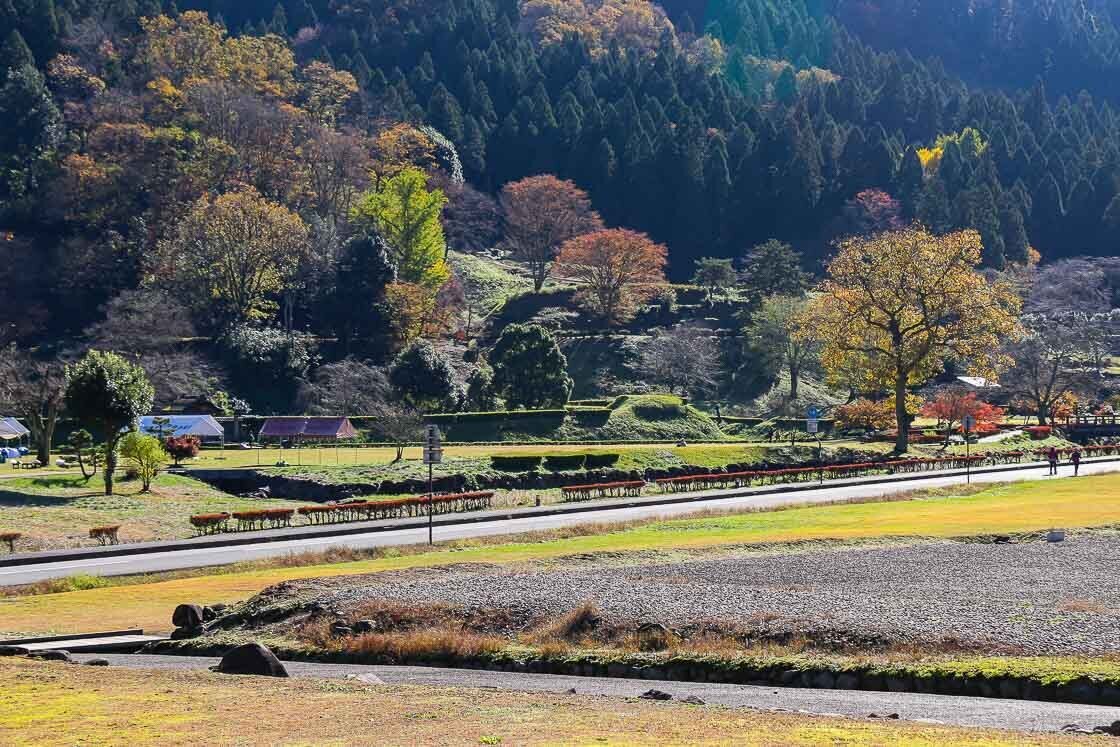
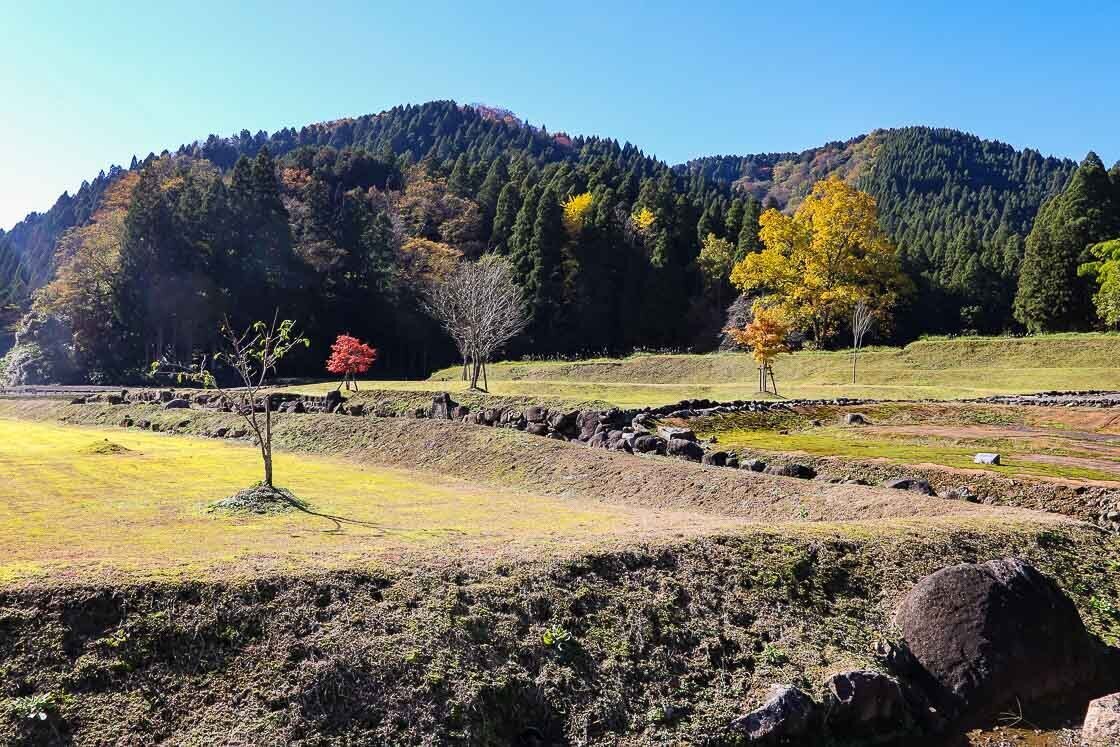
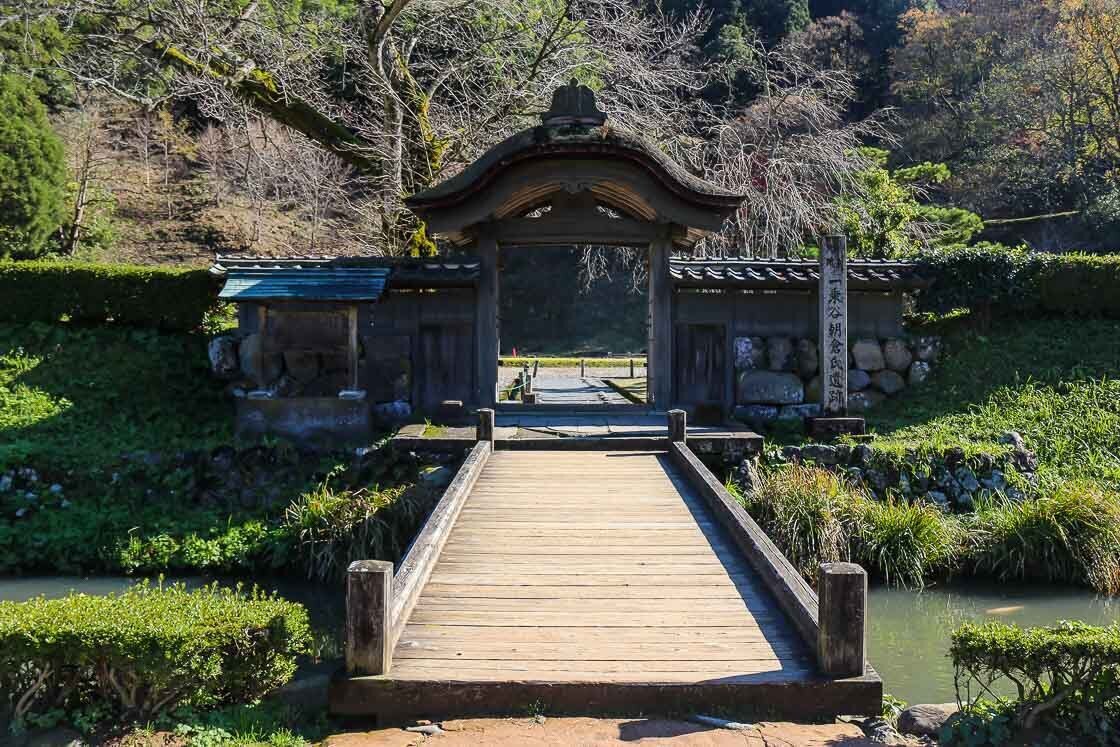
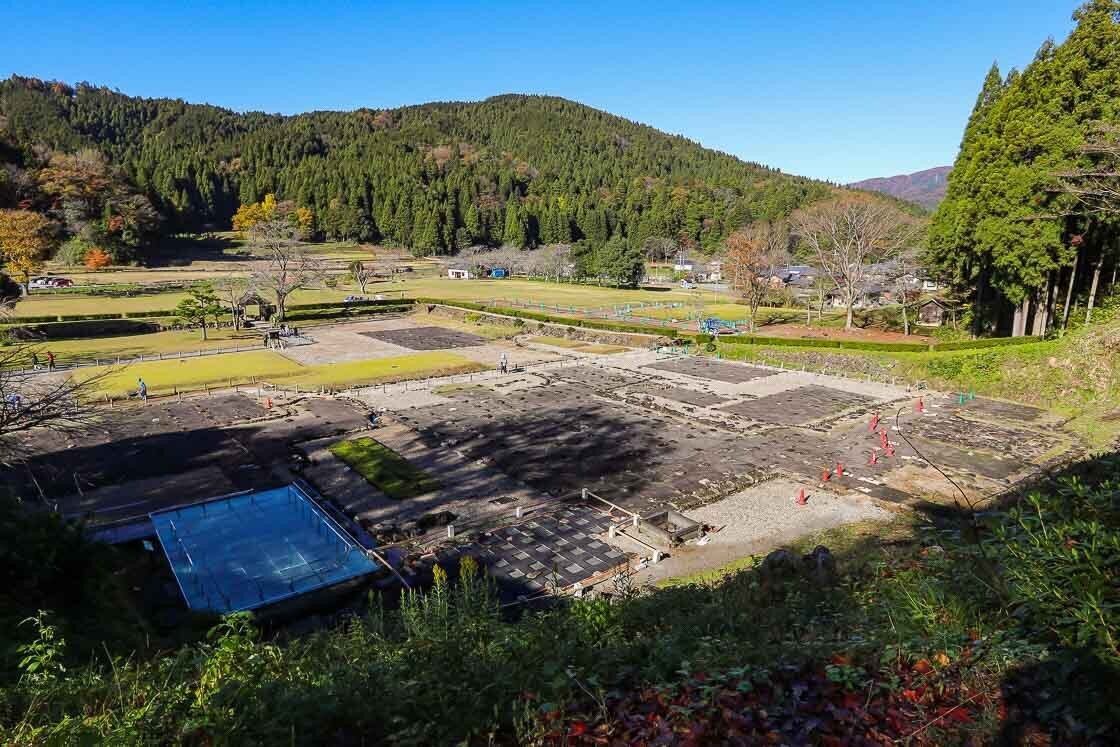
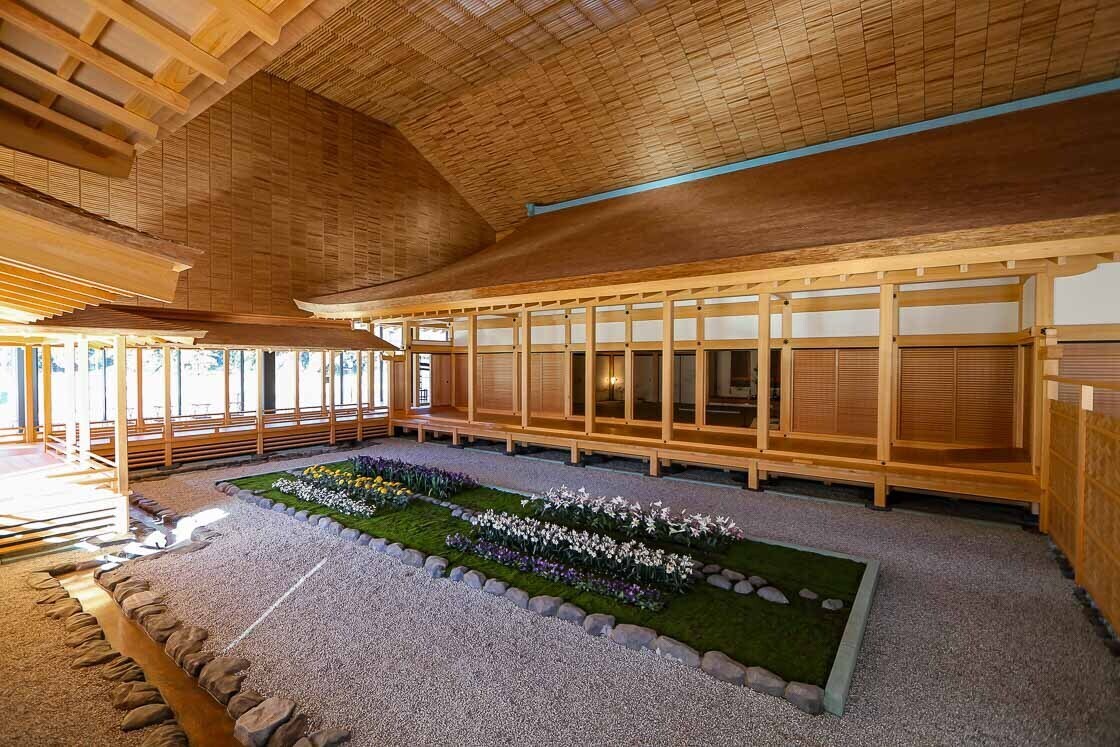
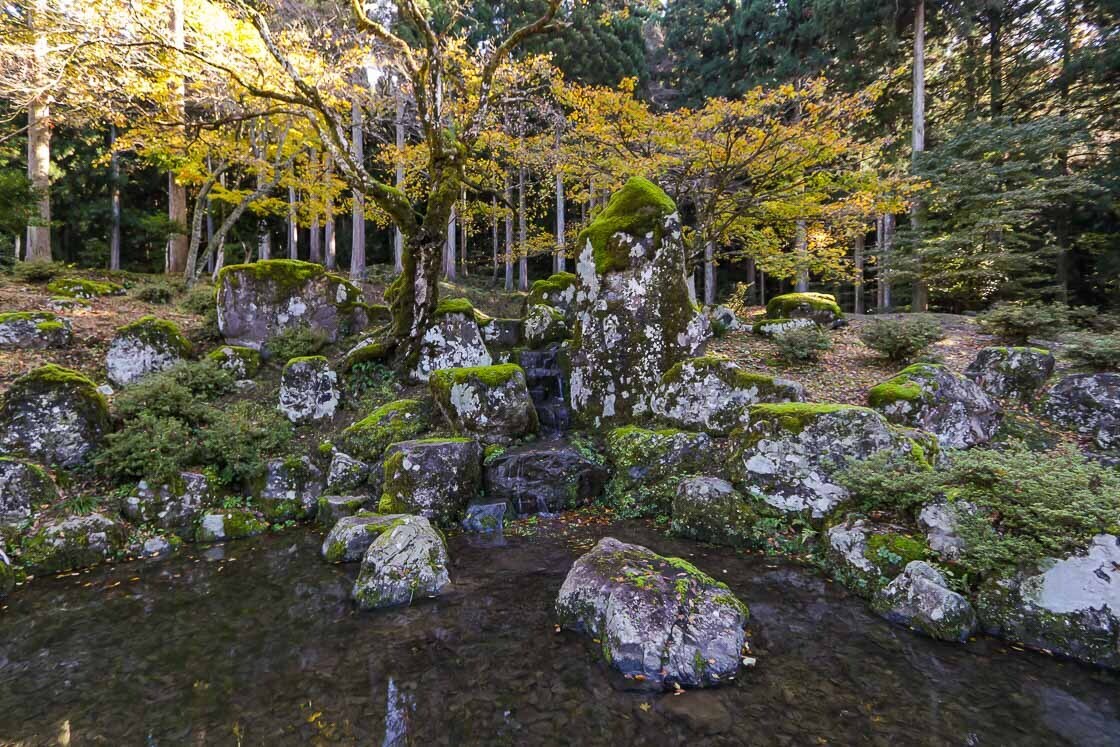
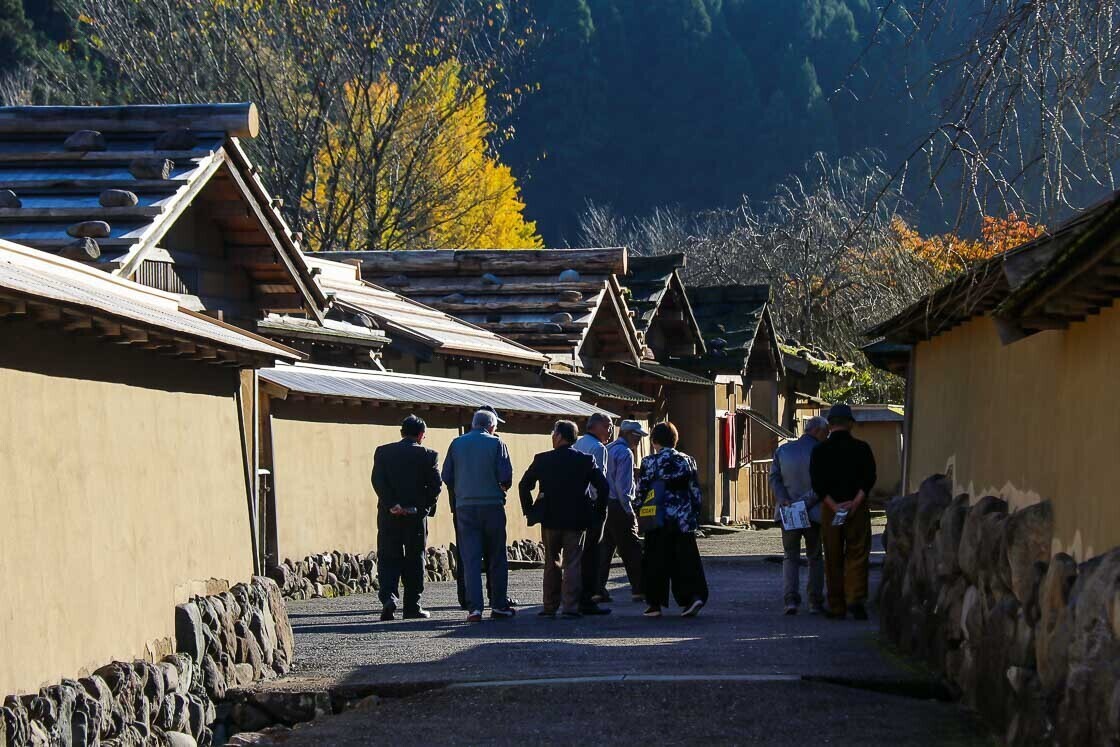
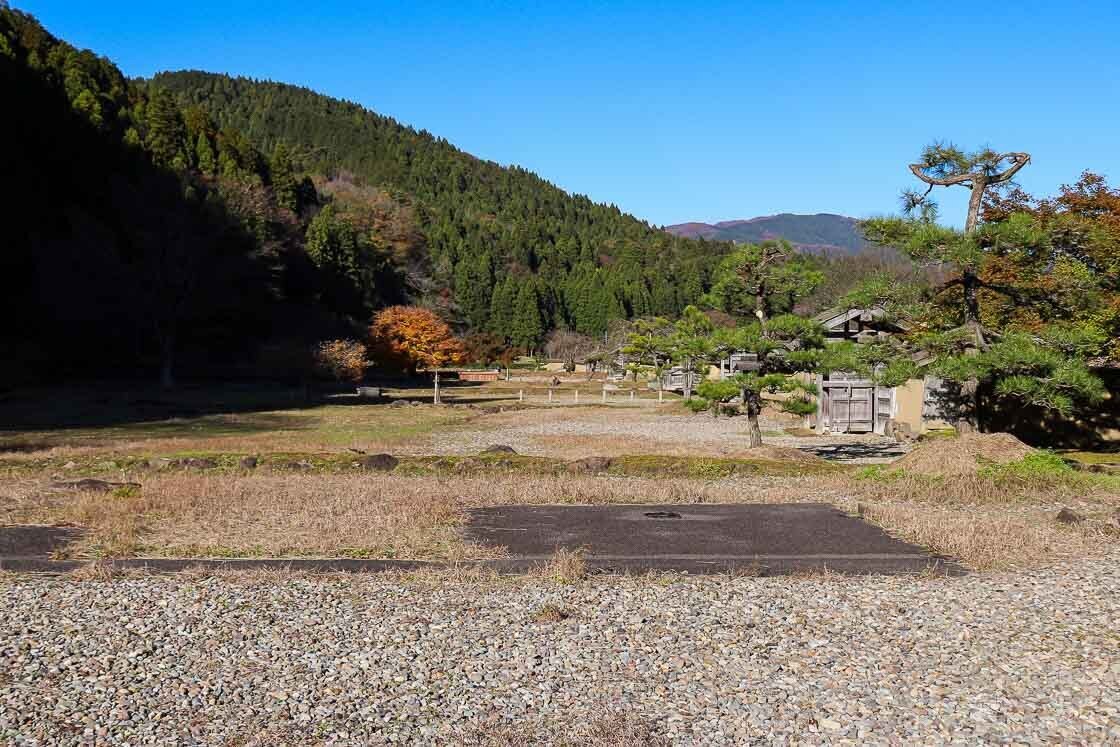
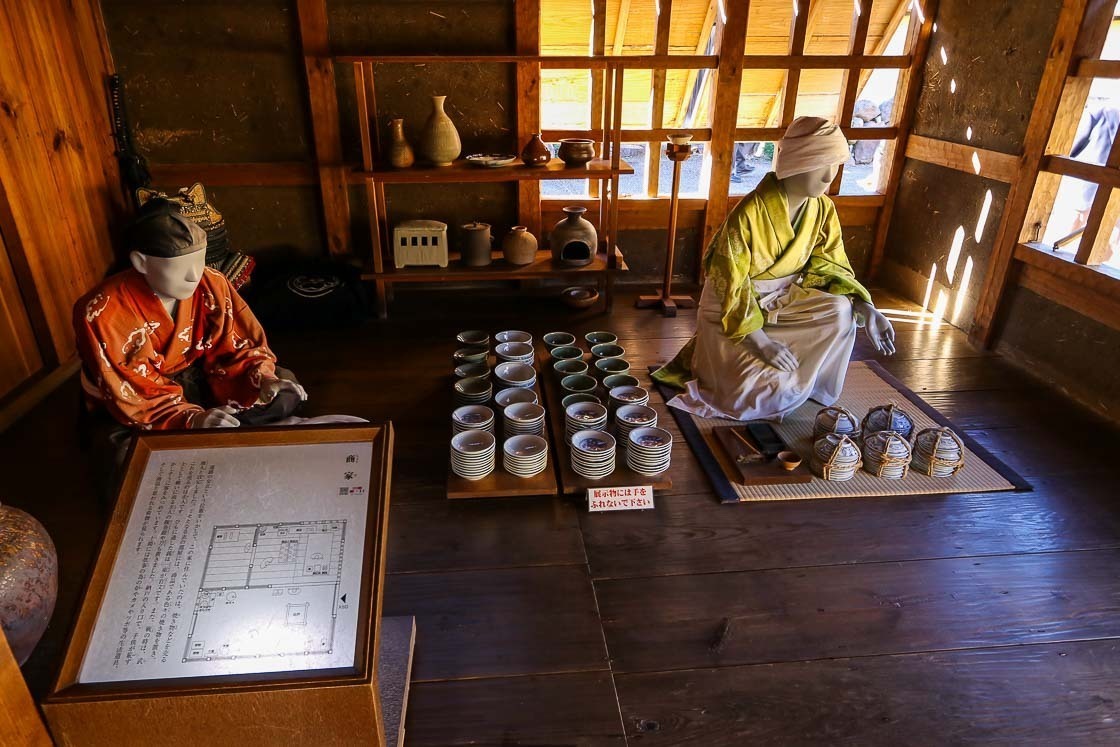
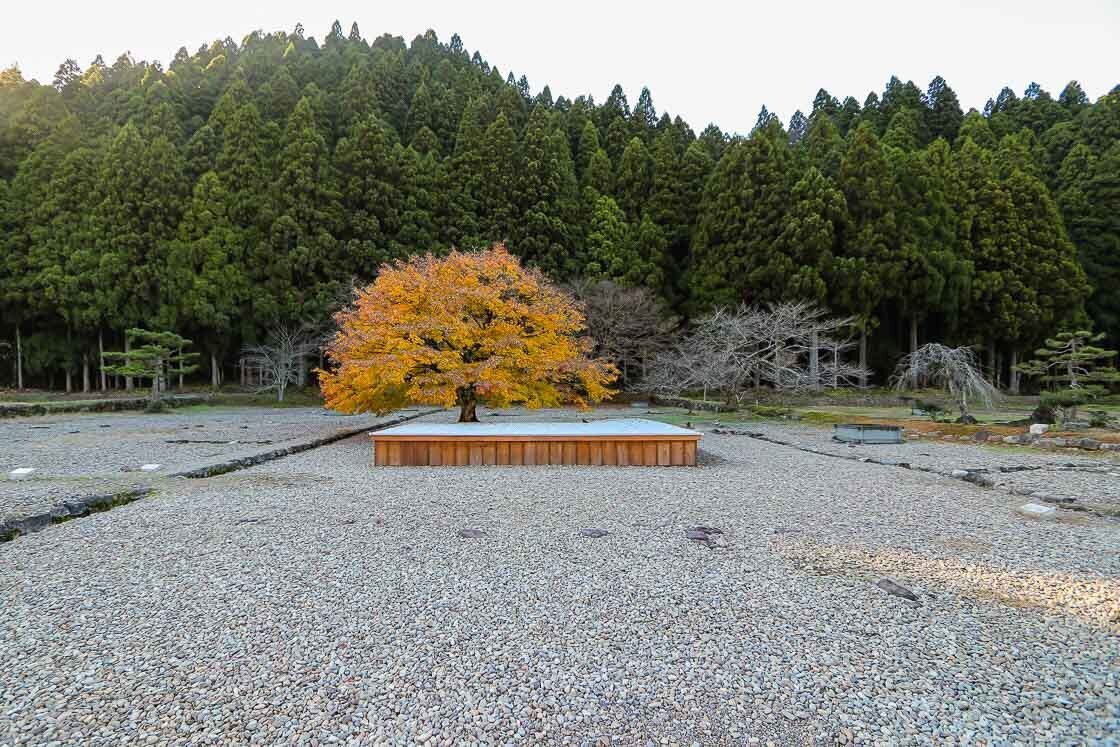
After my day out in Ichijodani, I returned to the station and took the train back to central Fukui in time for dinner. My restaurant of choice was Kemuriya, a popular restaurant not far from Fukui Station. The place is known for its fresh seafood brought in direct from the fishing port as well as its selection of local Japanese sake, which includes some exclusive and hard-to-find ones.
One of the seafood delights of Fukui Prefecture is Echizen crab, whose brand name is derived from the old name of the area encompassing northern Fukui – Echizen. Echizen crab is a seasonal delicacy that is available during the colder months from November through to March. The male crab species is known as Echizen-gani and is the more premium product, while the female species that usually come with crab roe is referred to as seiko-gani and is more affordable.
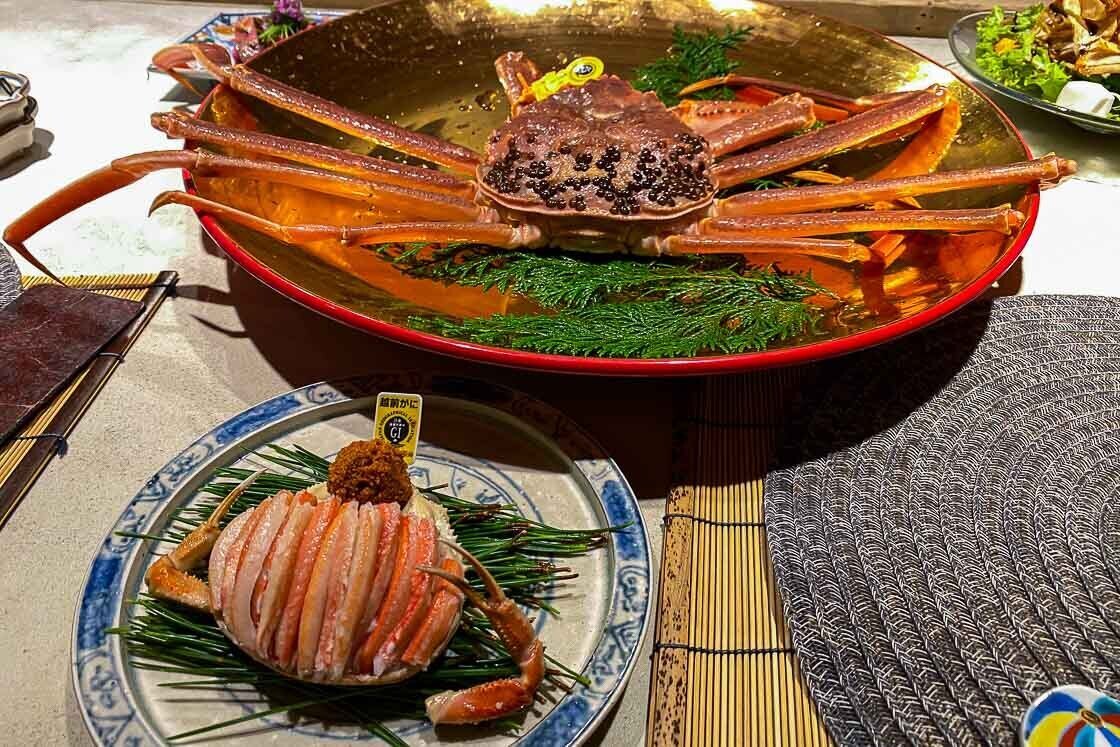
As it was crab season when I was in Fukui, I knew that I wanted to have crab for dinner. Over at Kemuriya, there was the option of picking the male or the female crab species on the menu. The male crab is sold by size with the bigger crabs costing more, and diners can choose the crab leg cooking style, which includes shabu shabu, grilled, steamed or sashimi. The female crab comes in one size and is typically steamed and eaten with a vinegar dipping sauce, which enhances the sweetness of the crab meat.
Dinner at Kemuriya was very satisfying, and the restaurant’s popularity was evident by the number of locals and the tables that filled up quickly during the time I was there. I would recommend making a reservation to secure a table for dinner.
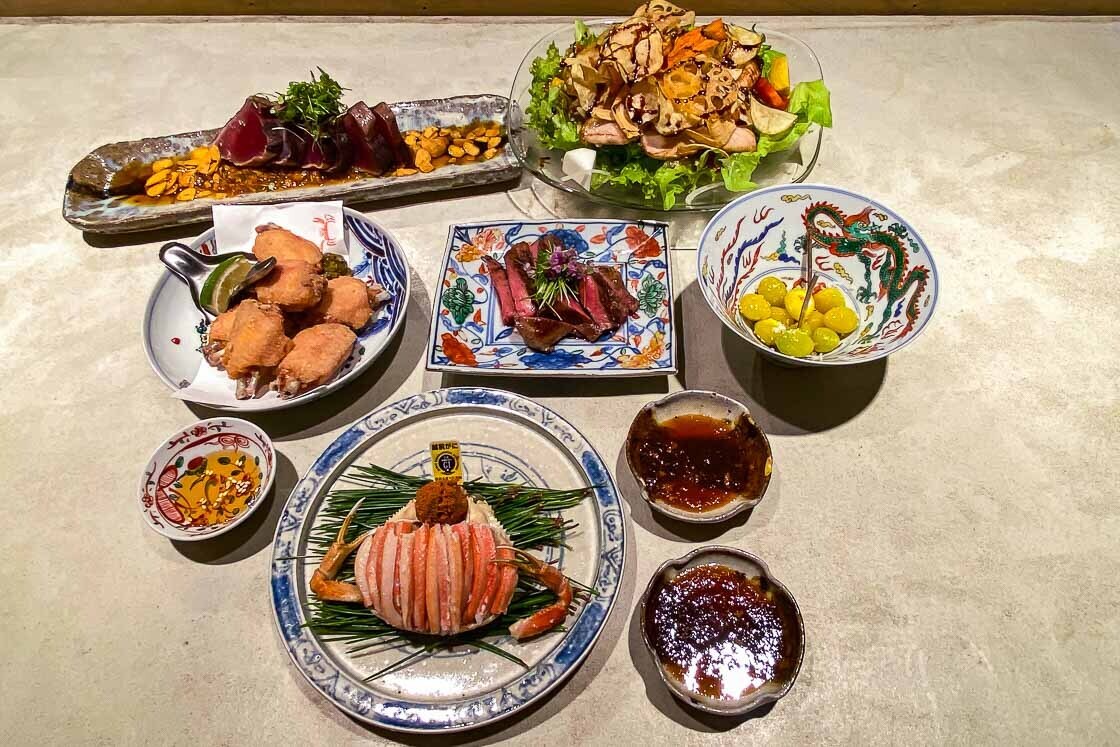
Day 2: Yokokan Garden and Dinosaur Museum
After a good night’s rest, my second day in Fukui City started with a 15 minute stroll through the former Fukui Castle grounds to the villa and garden of the former feudal lord of Fukui. Only the moat, castle walls and some foundational ruins remain on the grounds of Fukui Castle. In fact, the castle grounds are where the Fukui Prefectural Government Office and Police Headquarters are now located.
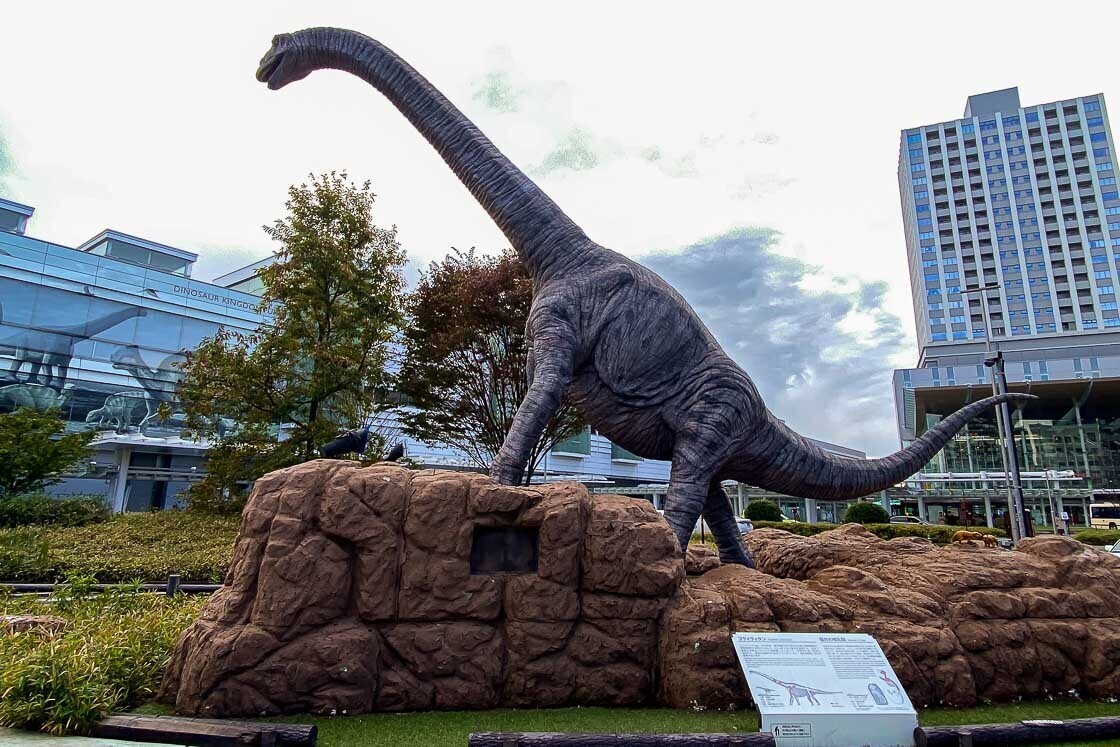
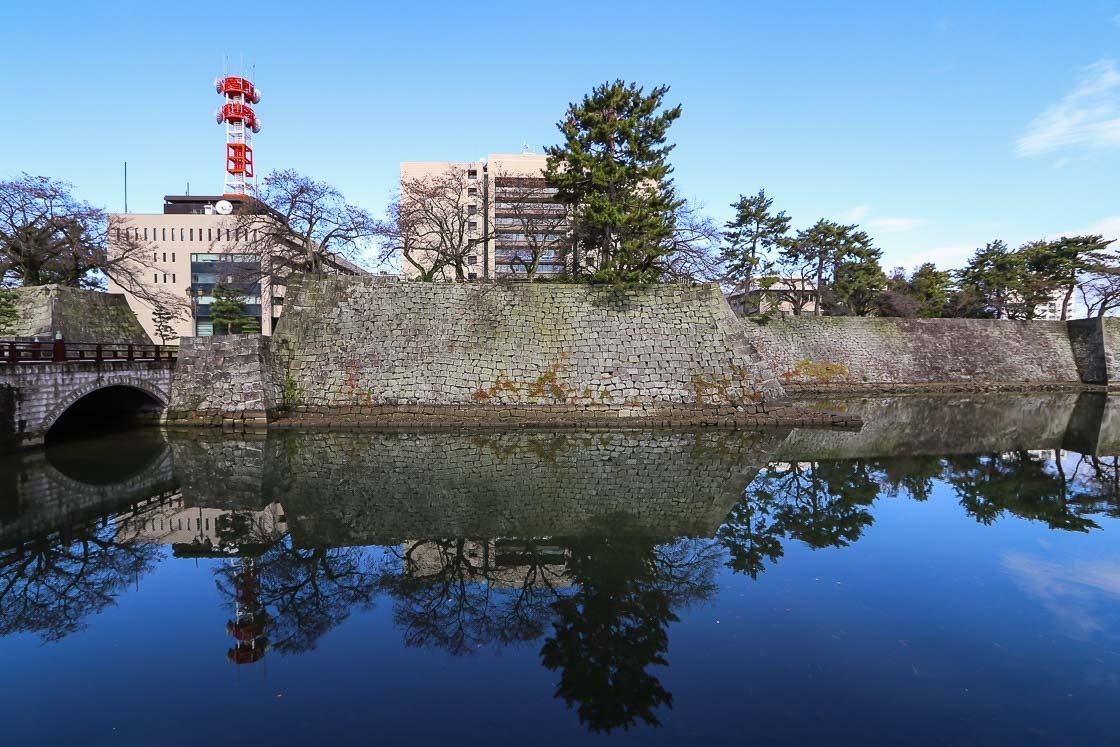
Dating back to the 17th century, Yokokan Garden was constructed as the then feudal lord’s villa. The garden, which has a large pond at its center, was one of the representative landscape gardens during the 17th to 18th centuries and incorporated a variety of garden elements and details in both traditional and unusual ways. Visitors can enjoy the changing scenery while strolling in the garden.
The highlight of the garden for me was its reconstructed traditional sukiya-style villa, a simple and rustic style that was heavily influenced by the tea ceremony. Visitors to the garden can enter the reconstructed villa and admire the classic architecture. I thought the peaceful garden and villa could rival those found in Kyoto, and furthermore, Yokokan Garden does not get crowded like the ones in the old capital. Truly a hidden beauty hiding in plain sight near Fukui Station!
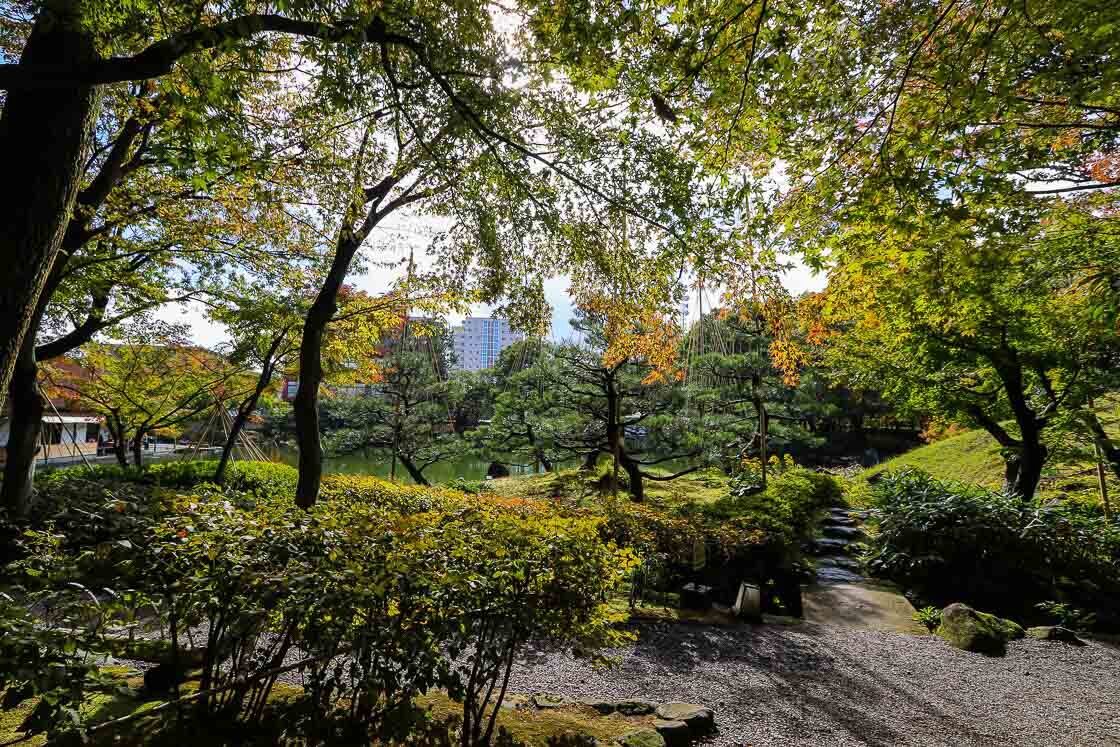
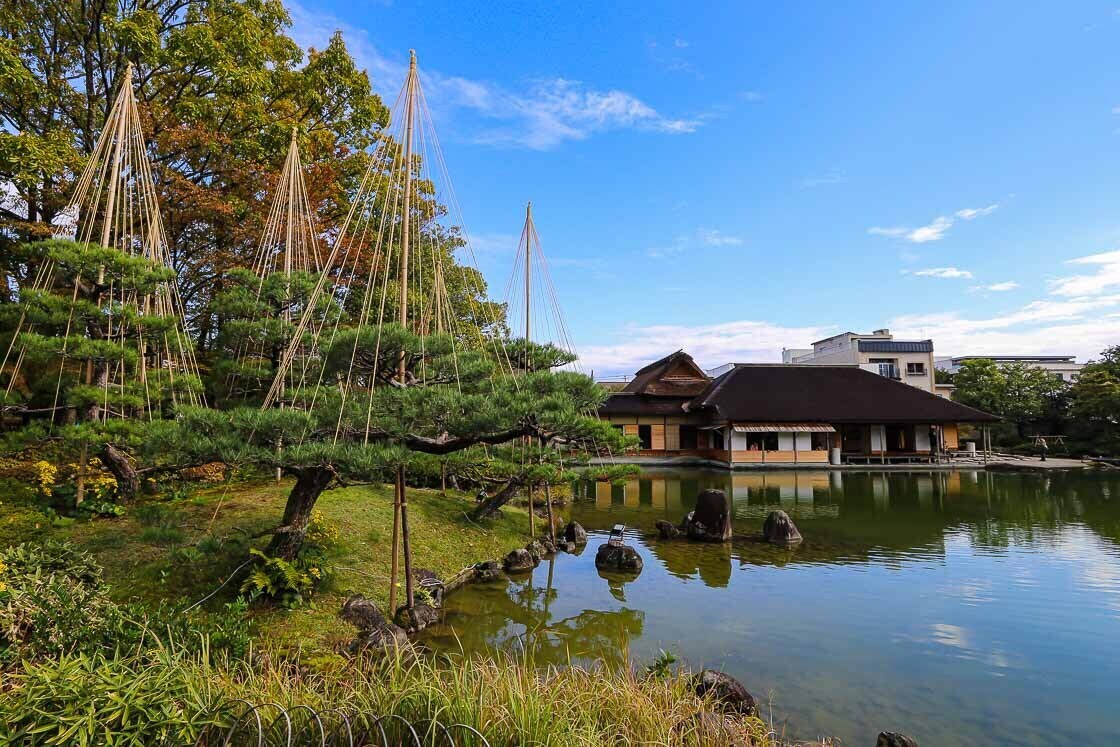
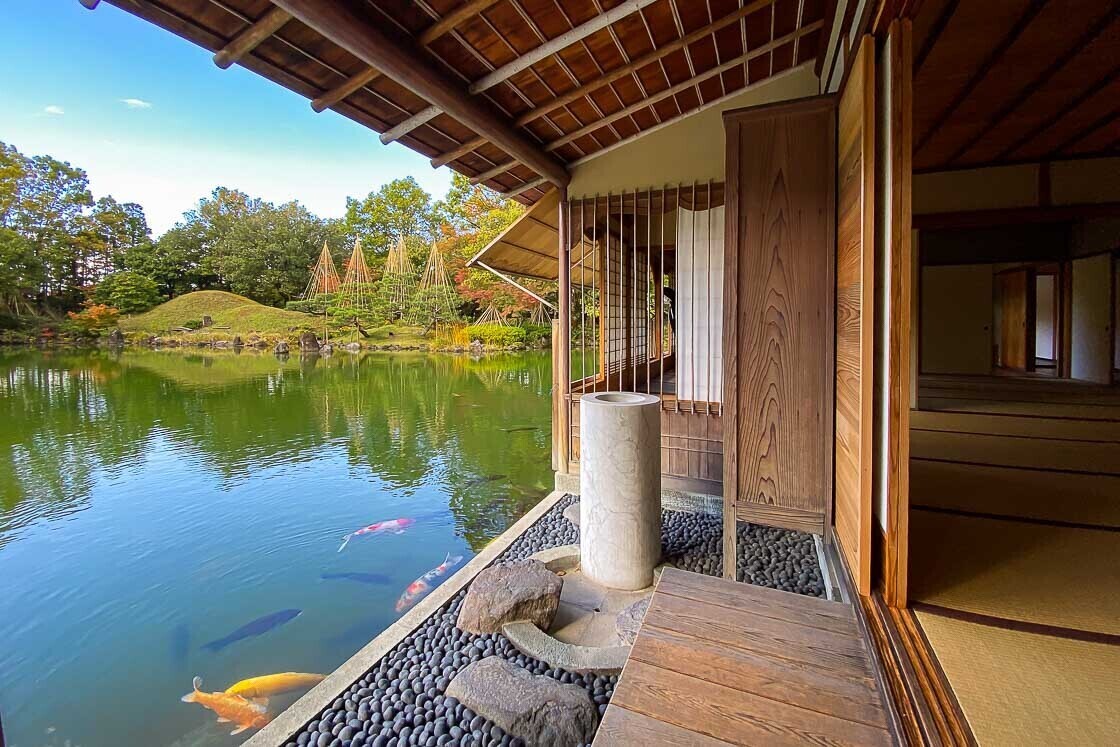
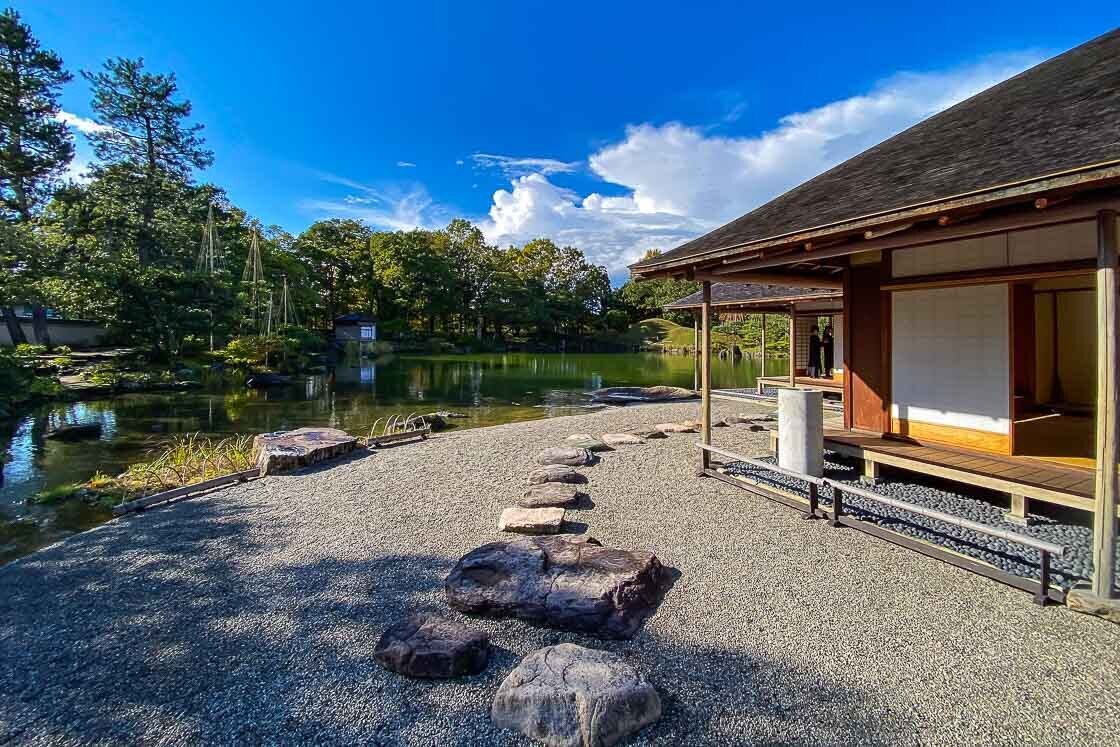
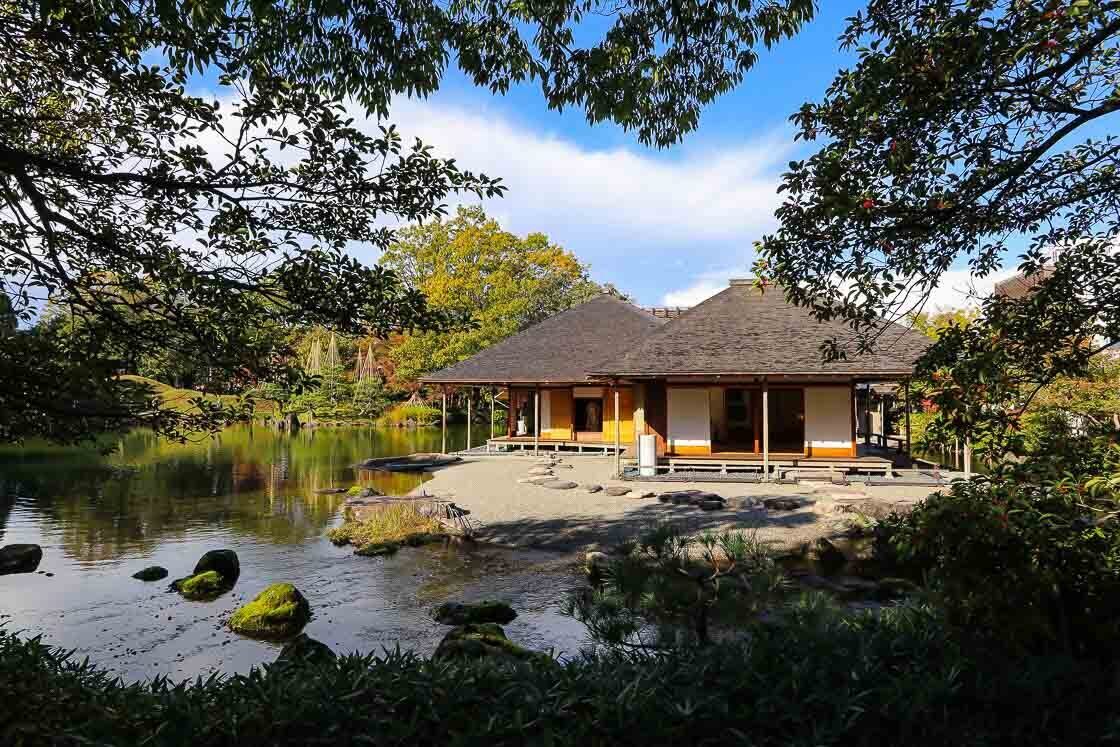
It was soon time to head back to Fukui Station to catch my train to my last spot for the trip, the Fukui Prefectural Dinosaur Museum. The dinosaur statues in and around Fukui Station and dinosaur illustrations in the station were big hints that dinosaurs are literally and figuratively big in Fukui.
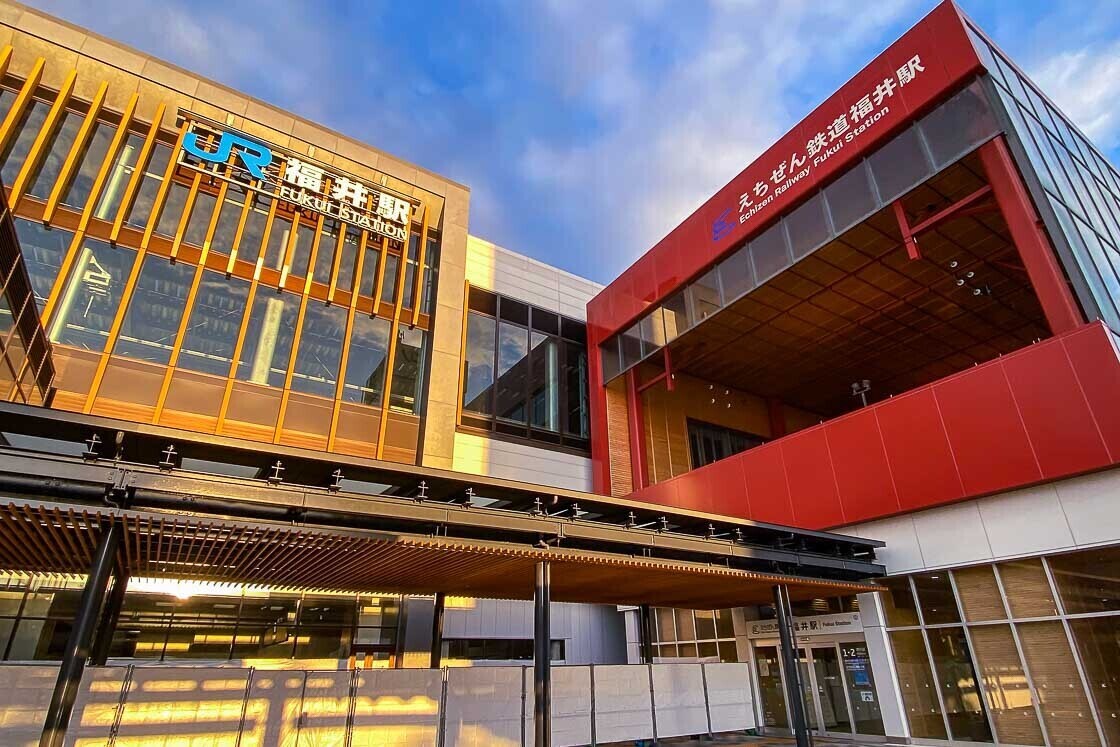
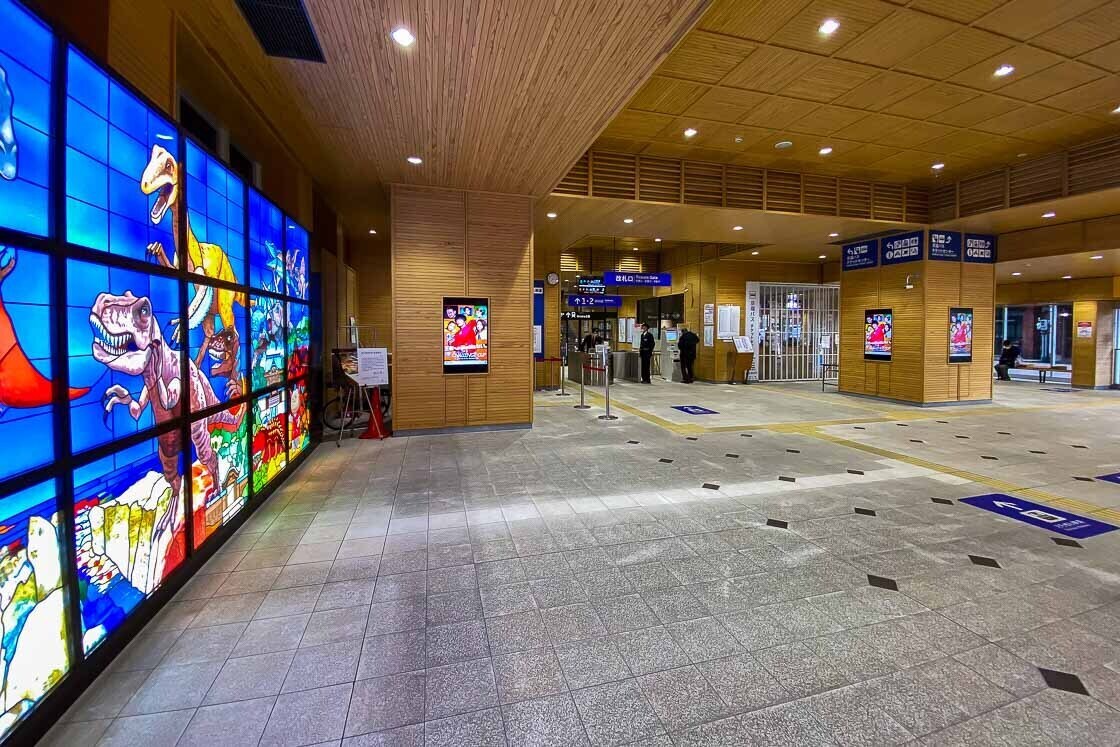
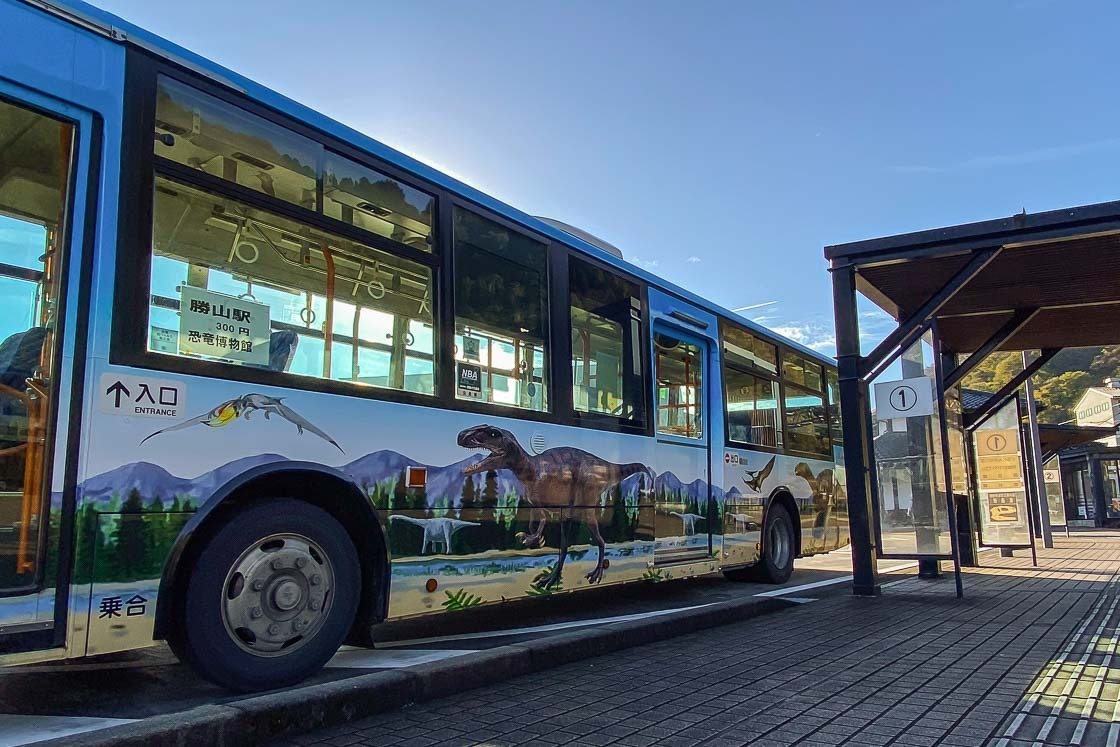
Over at the egg-shaped dinosaur museum, visitors can see over 50 dinosaur skeletons including those from Japan and the Asian continent spread over three floors. Fukui Prefecture holds the record for most number of dinosaur fossils found in Japan, and about six new species of dinosaurs have been found in the prefecture. Consequently, the generic names of these newly discovered species contain “Fukui” to reflect their land of discovery.
As a big dinosaur fan, it took me a few hours to walk through the museum and check out the exhibits in detail. It was clear that a high level of attention was spent on designing an interactive museum that would delight and engage both children and adults. The skeleton and animatronic displays were also very impressive. I also got to see the bones of the dinosaurs found in Fukui, and their discovery site is not far from the museum. It is worth noting that tours to the area near the discovery site are available for an additional fee, and reservations have to be made in advance.
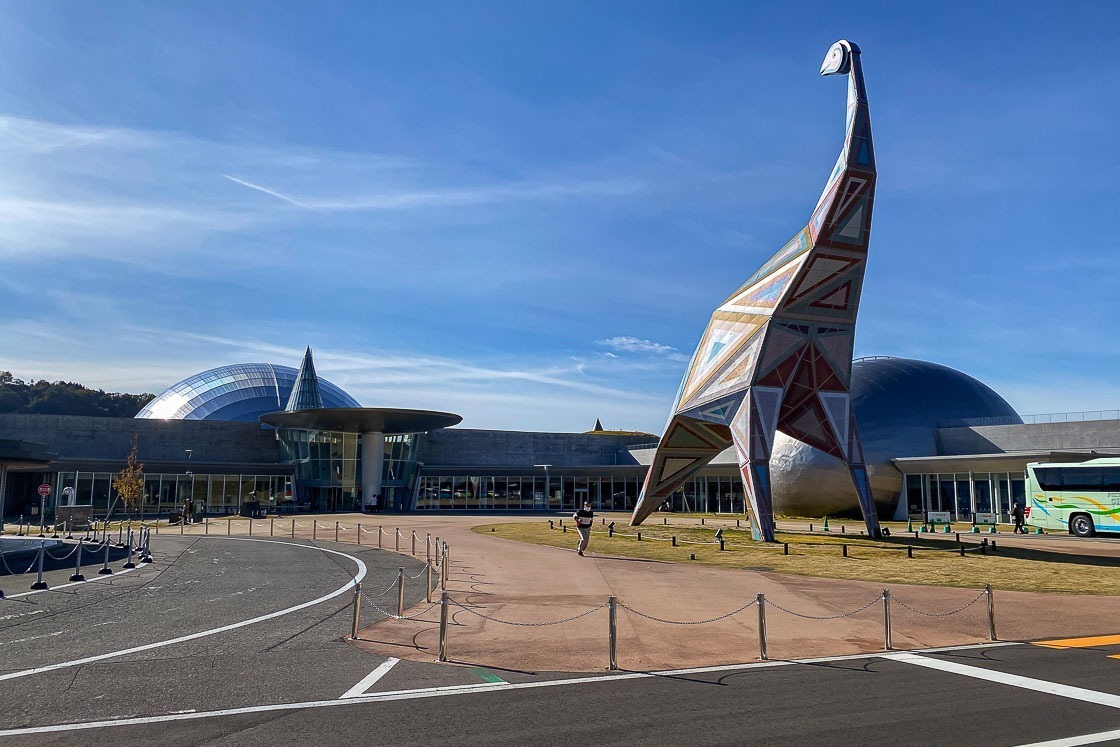
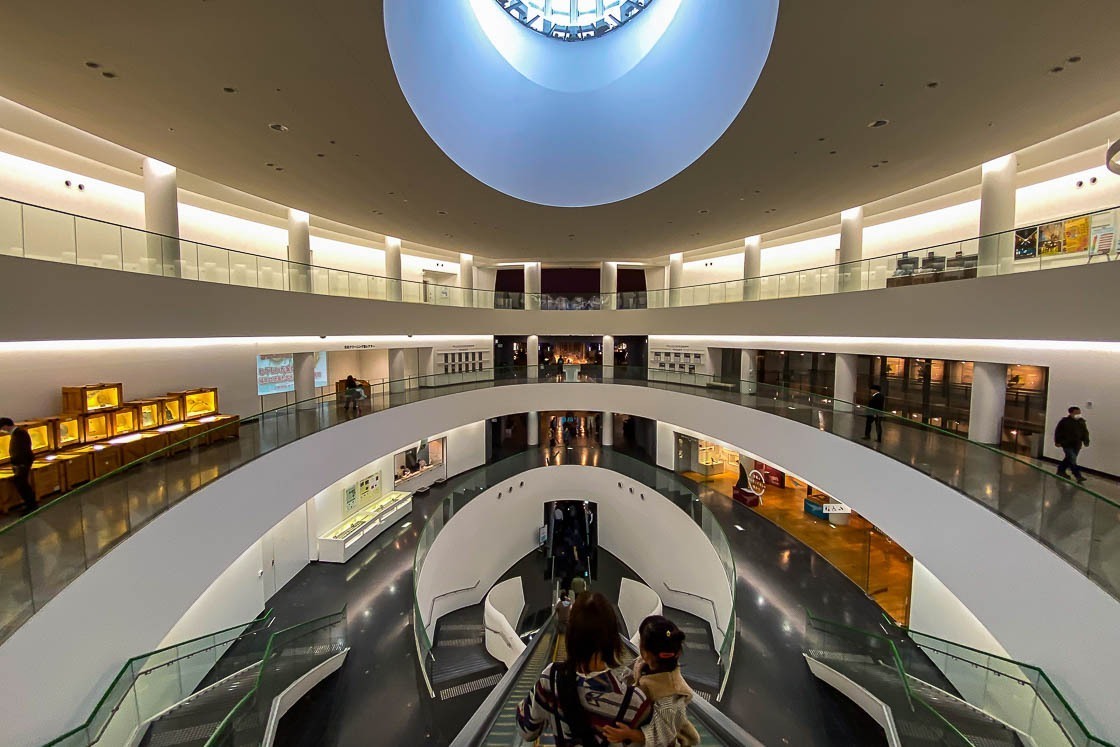
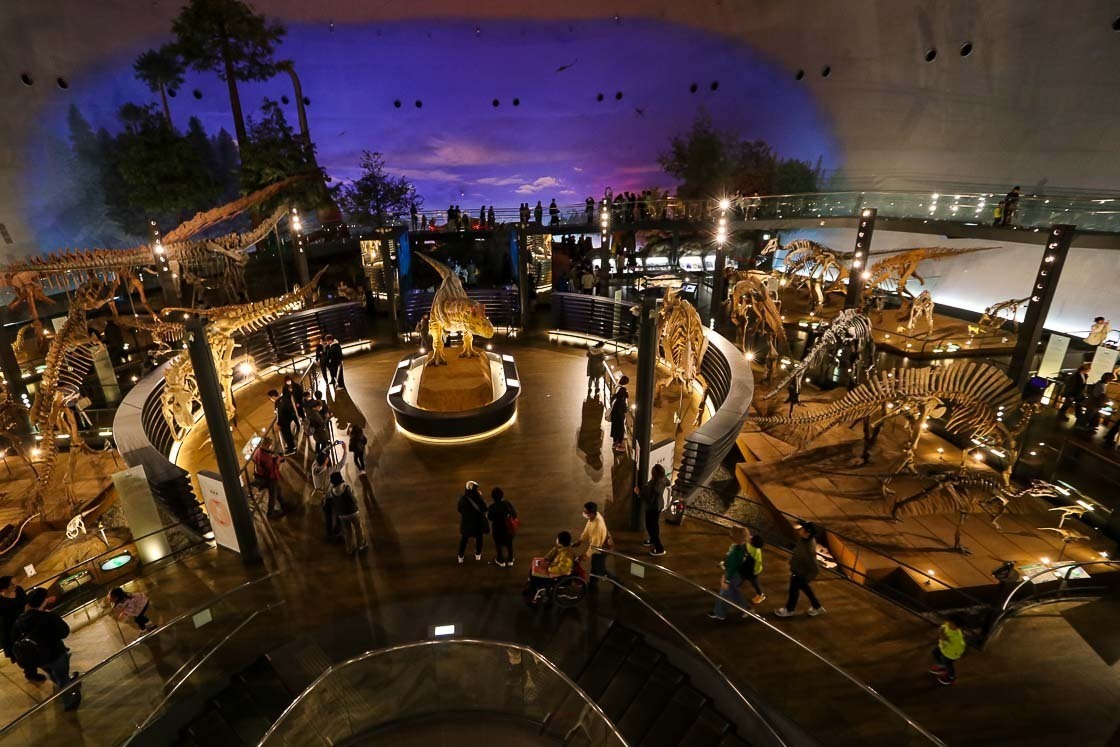
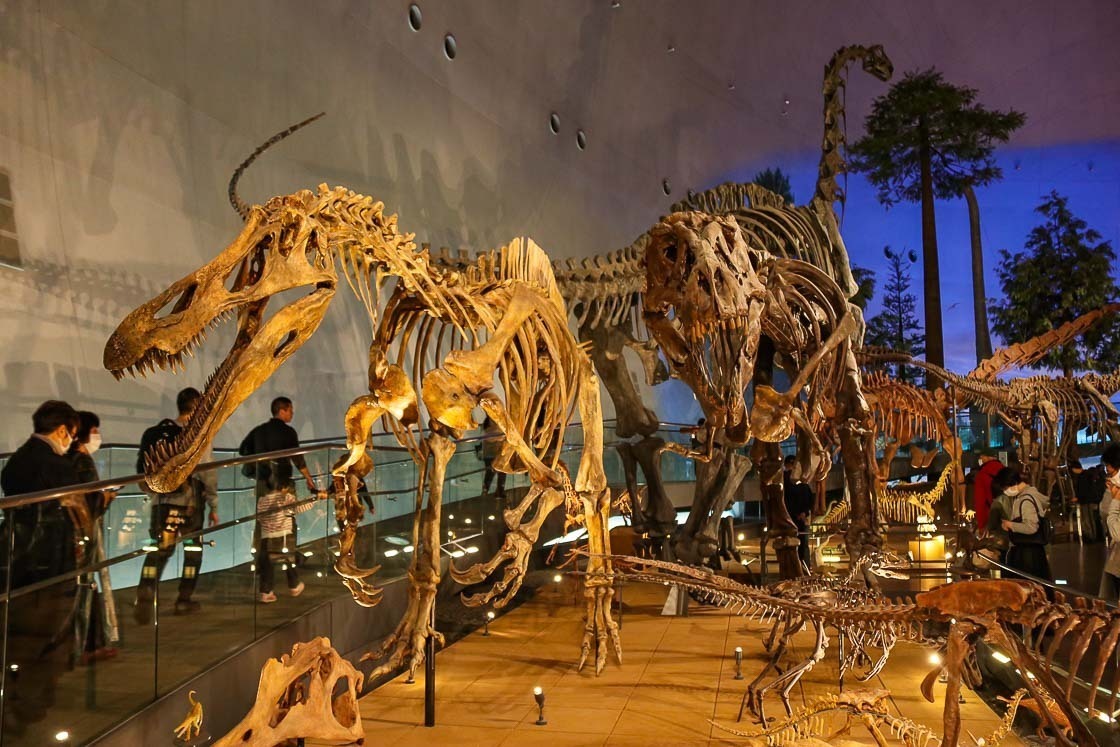
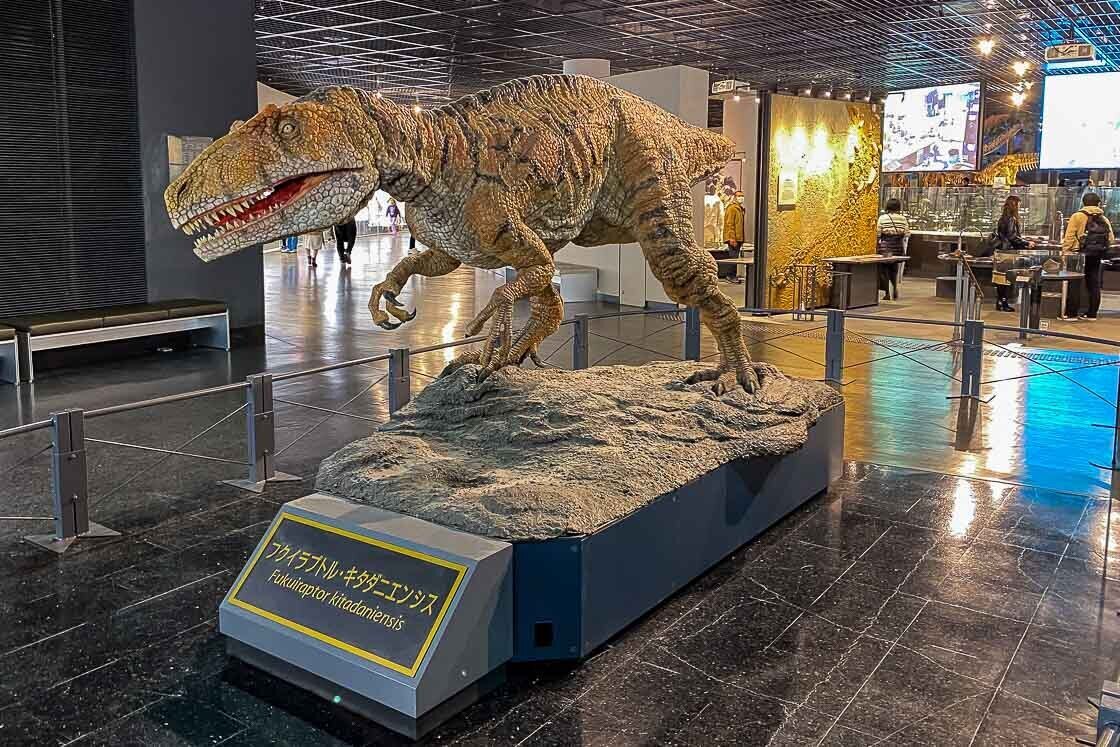
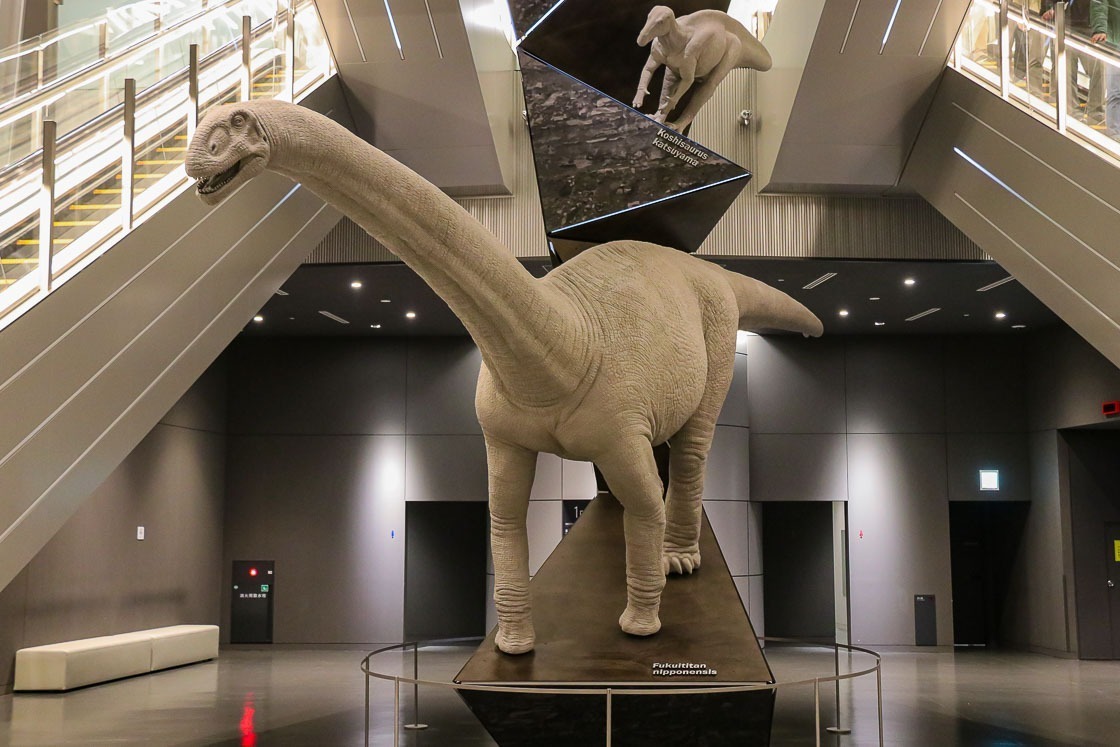
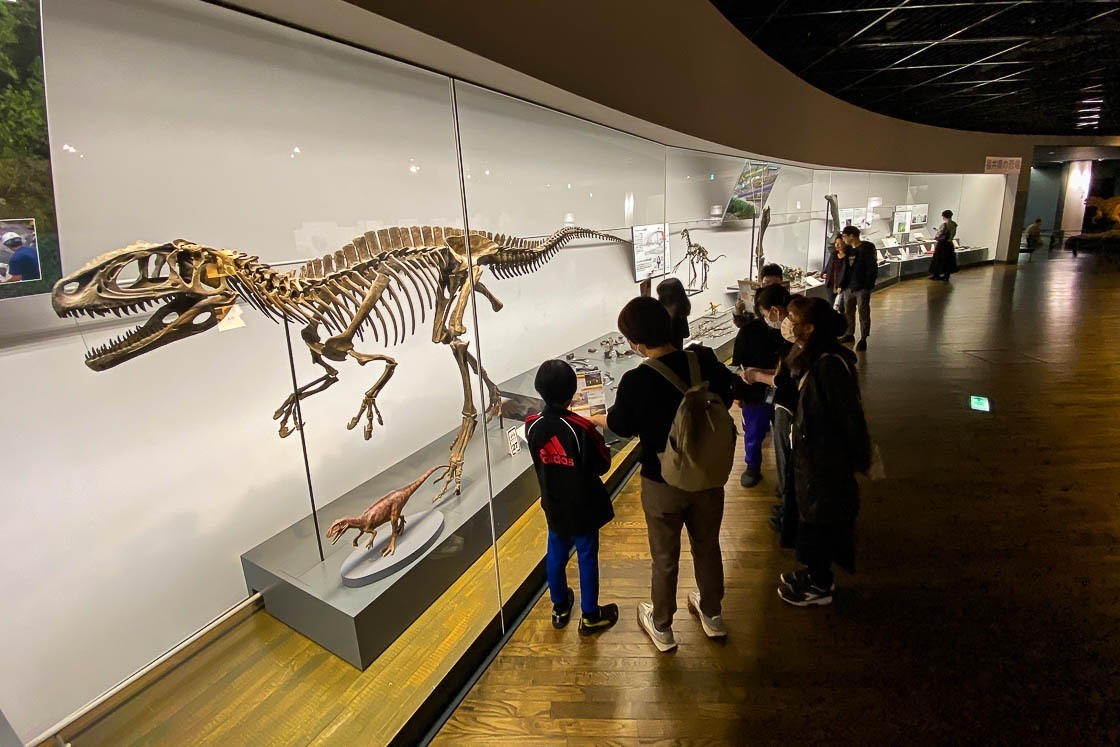
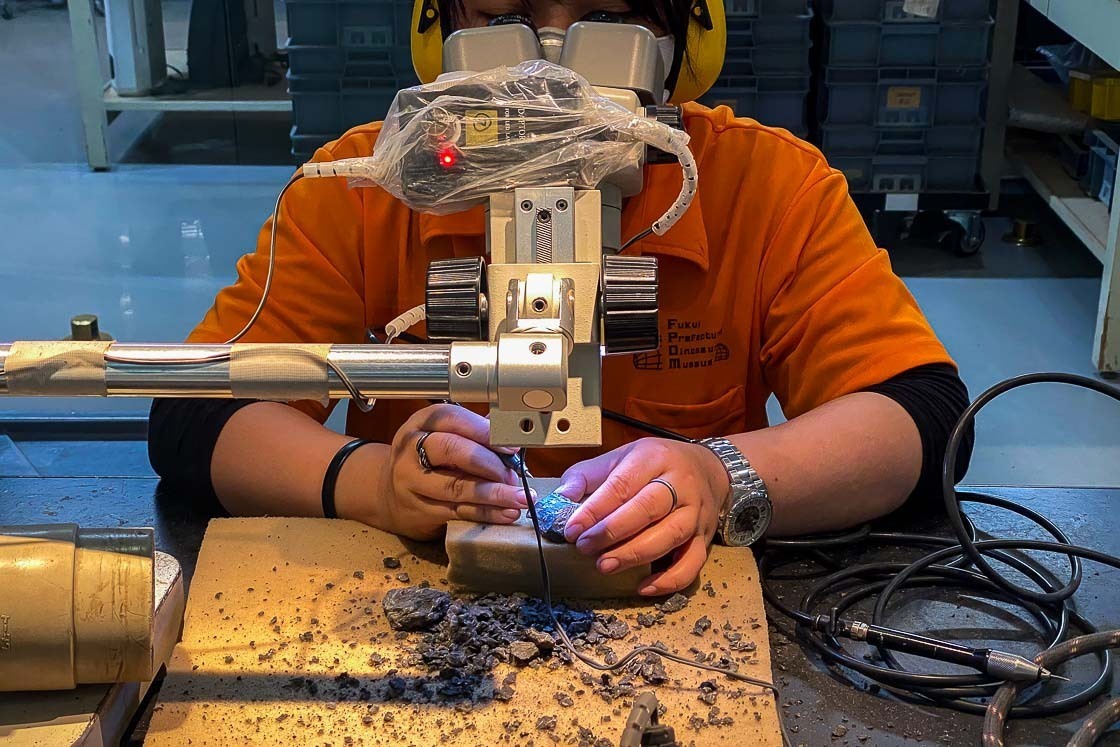
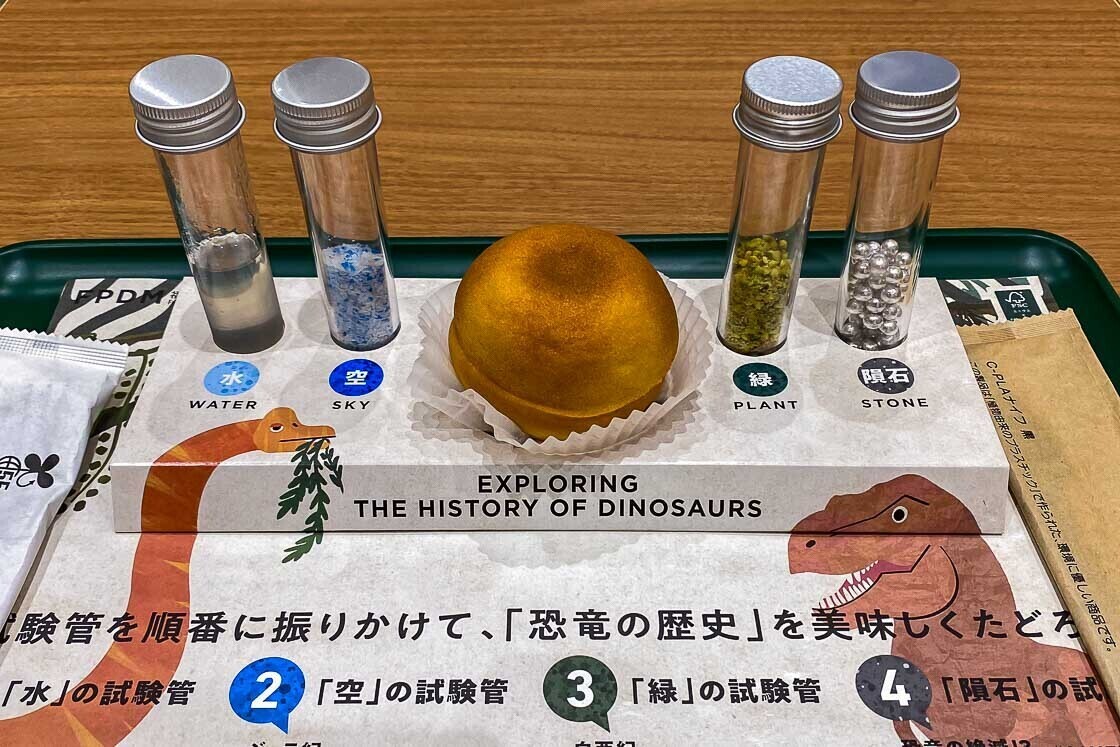
The visit to the dinosaur museum brought my visit to Fukui to a close. Those who want to explore new ground without the crowds should definitely put Fukui on your Japan travel bucket list before word gets out and it gets too popular.
Access
How to get to and around Fukui
Fukui Station is the main point of access for the places visited in this article. Take the Hokuriku Shinkansen from Tokyo and get off at Fukui Station (about 3 hours, around 16,000 yen one way for a reserved seat). The places in this article can be accessed by train or on foot from here.
Fukui City to Ichijodani
Take the JR Kuzuryu Line from Fukui Station and get off at Ichijodani Station (about 15 minutes, 240 yen one way, one departure every 2-3 hours). The Ichijodani Asakura Family Site Museum is a short walk from the station, while the ruins are a further 20 minute walk away.
Alternatively, take bus number 62 bound for Jokyoji or Kanamata from the east side of the station and get off at Ichijodani Asakurashi Iseki Hakubutsukan-mae (JqՔّO). The one way bus ride takes about 25 minutes and costs 640 yen. There is one departure every 1-2 hours.
Fukui Station to Yokokan Garden
Yokokan Garden is approximately ten minutes on foot from Fukui Station.
Fukui Station to Dinosaur Museum
To get to the Fukui Prefectural Dinosaur Museum, take the Echizen Railway train bound for Katsuyama at Fukui Station and get off at Katsuyama, the terminal station (about 55 minutes, 770 yen one way, 2-3 departures/hour). Then, transfer to the dinosaur museum bus, which takes visitors directly to the museum in about 15 minutes. The one way bus ride costs 300 yen, and bus departures are timed to the train arrival times.
A discounted ticket sold by Echizen Railway is available for 1500 yen, which allows for unlimited travel on Echizen Railway and the local buses in Katsuyama on one calendar day. This discounted ticket is worth getting for those doing a day trip to the dinosaur museum from central Fukui.


